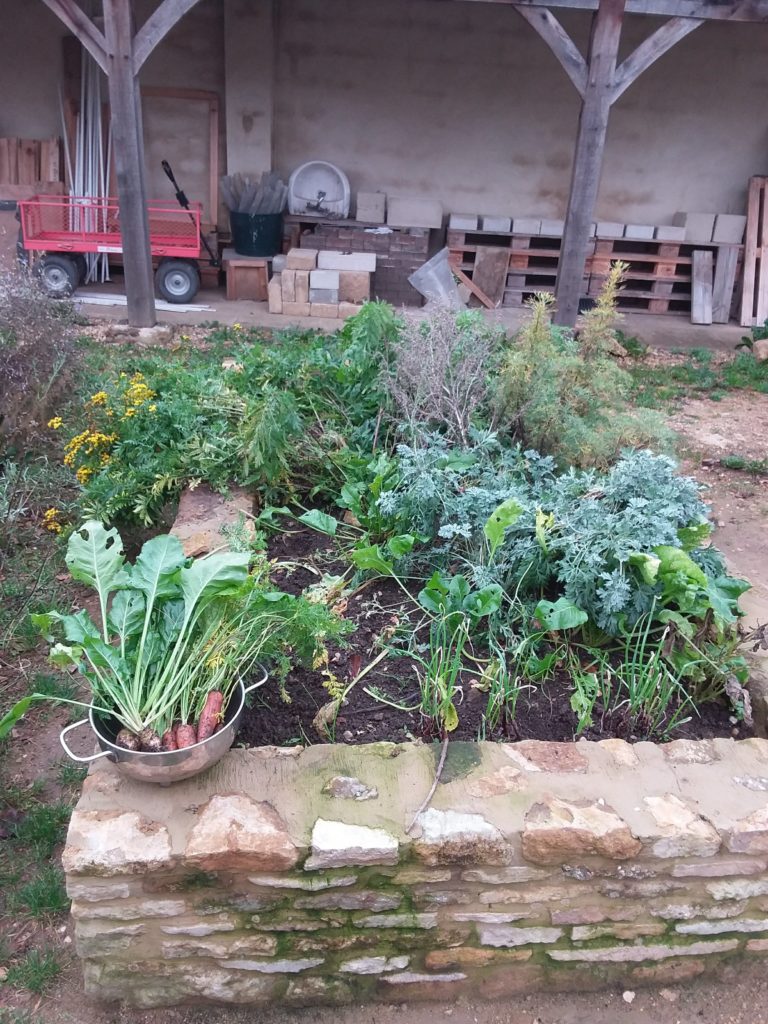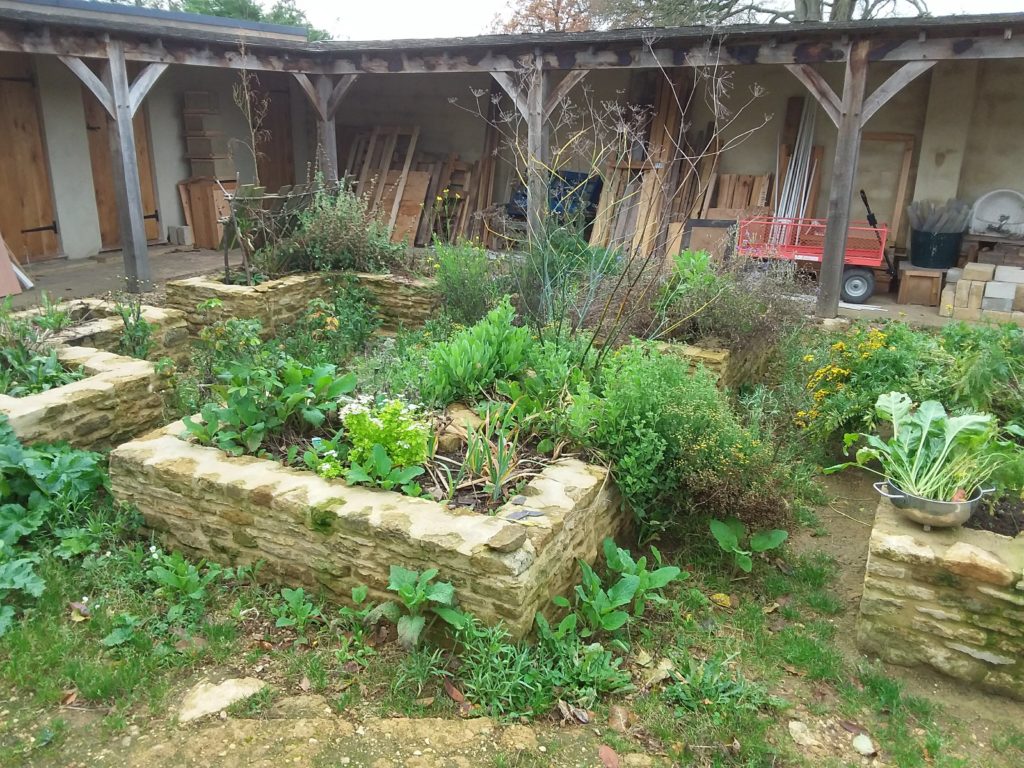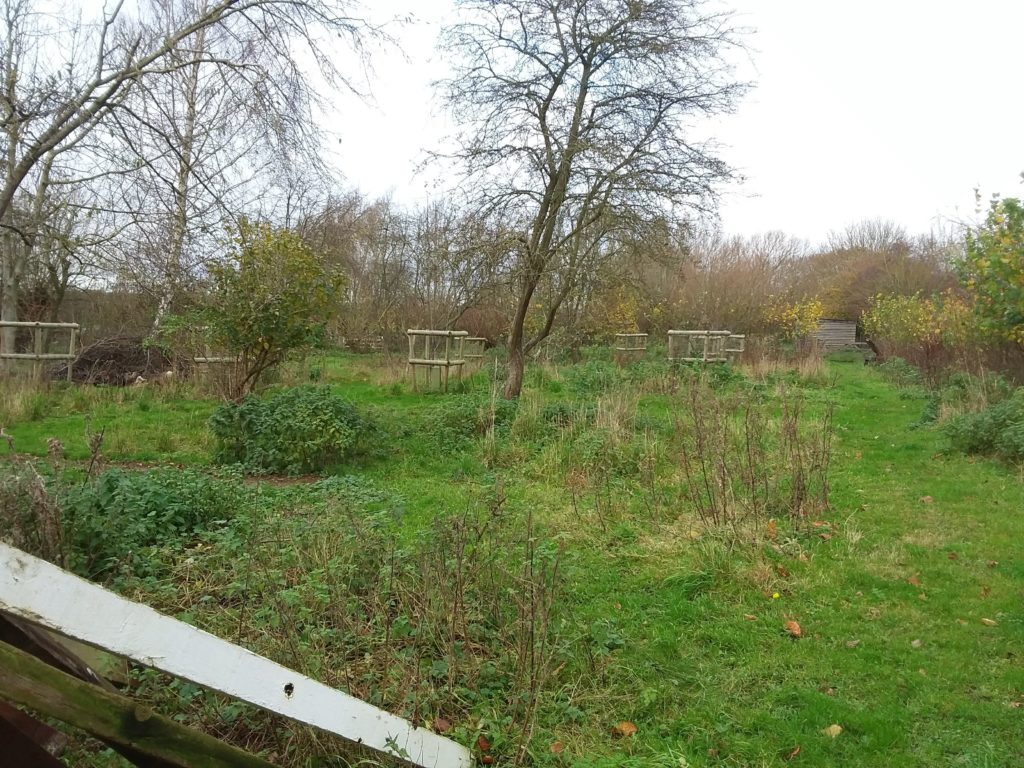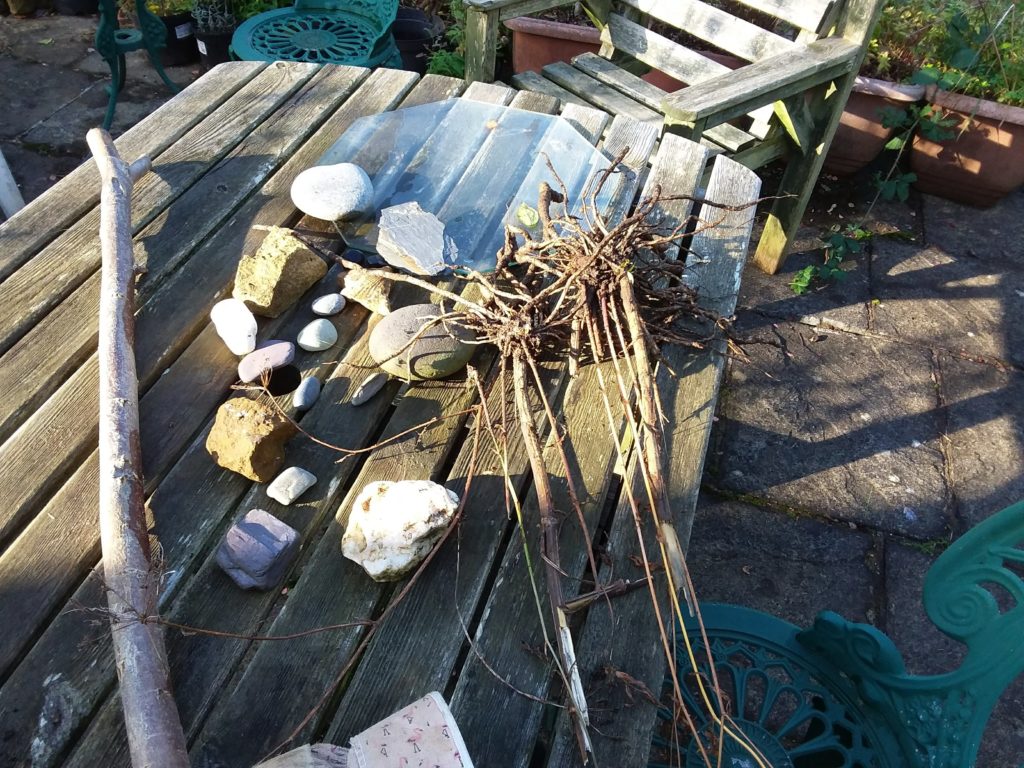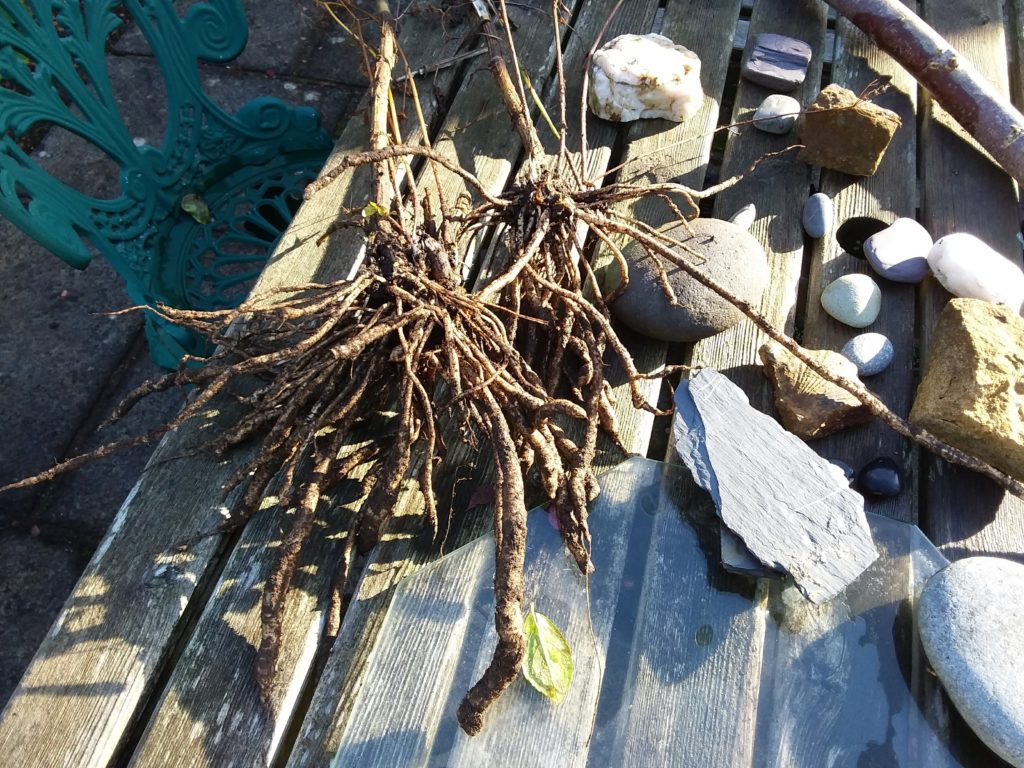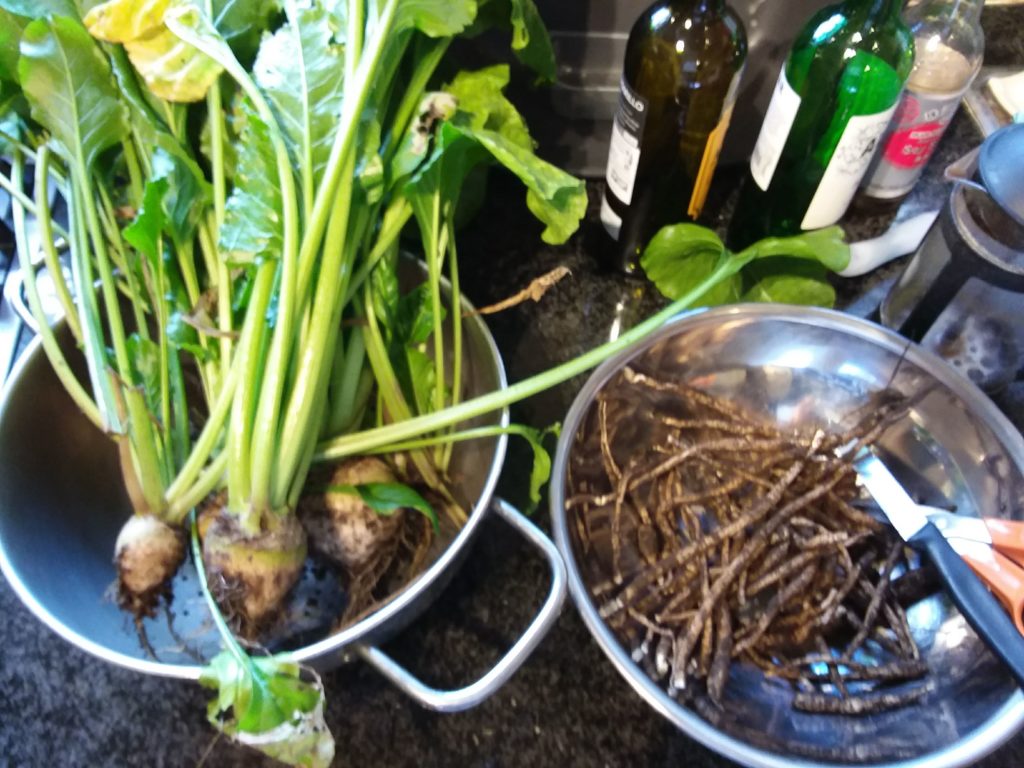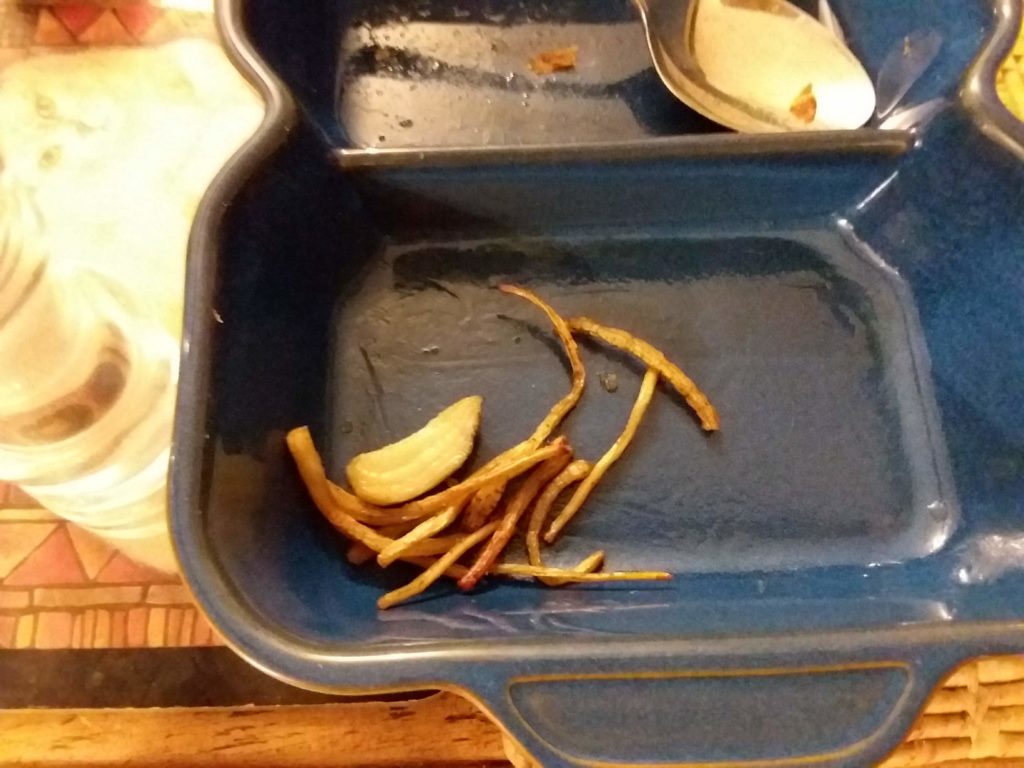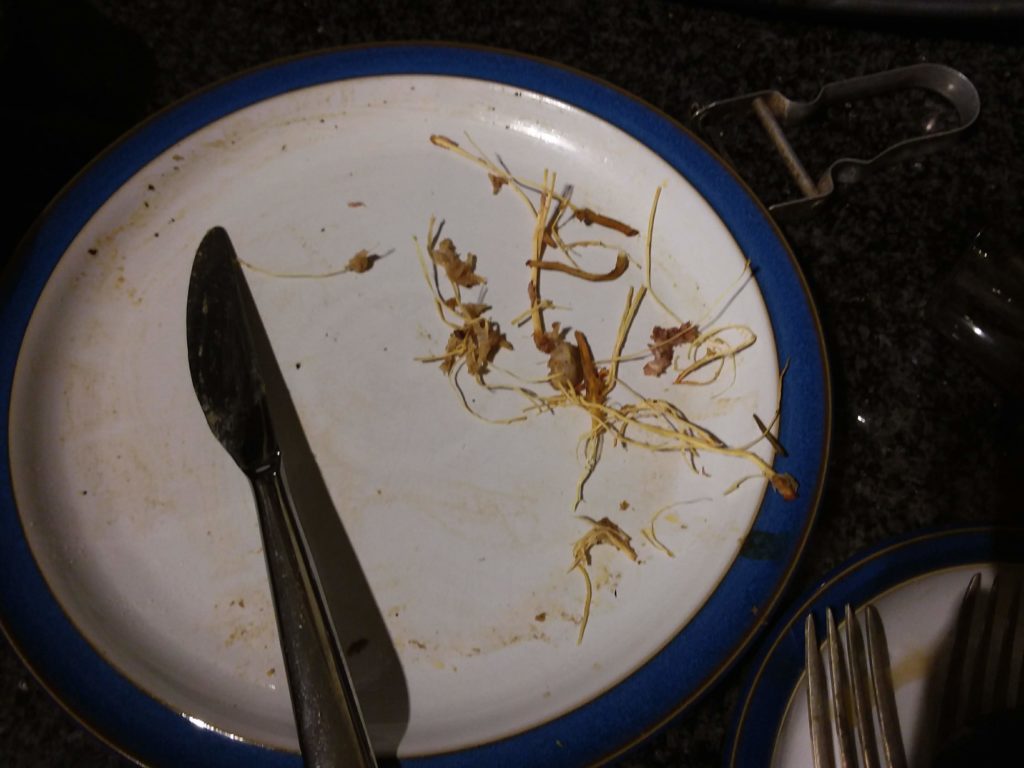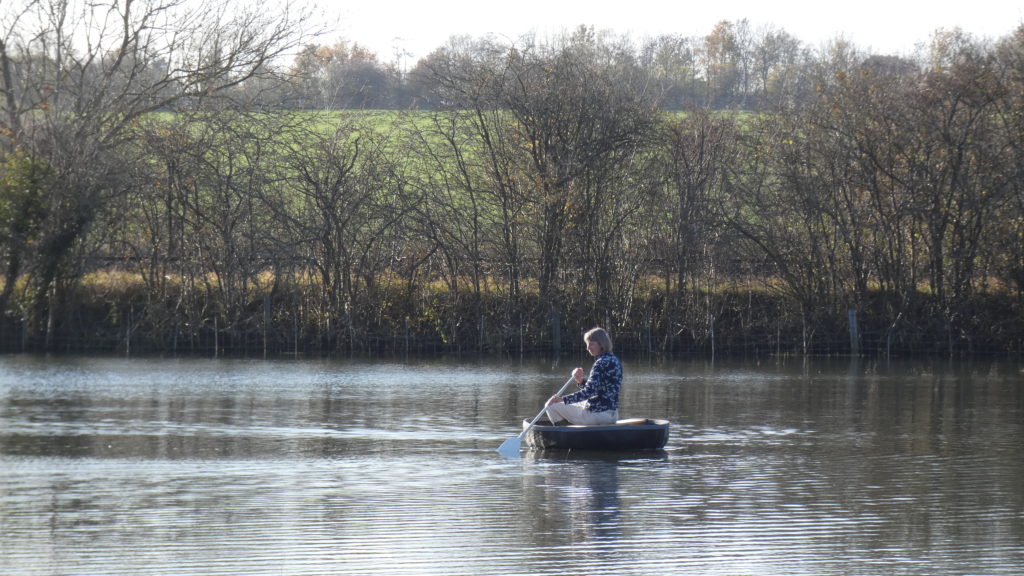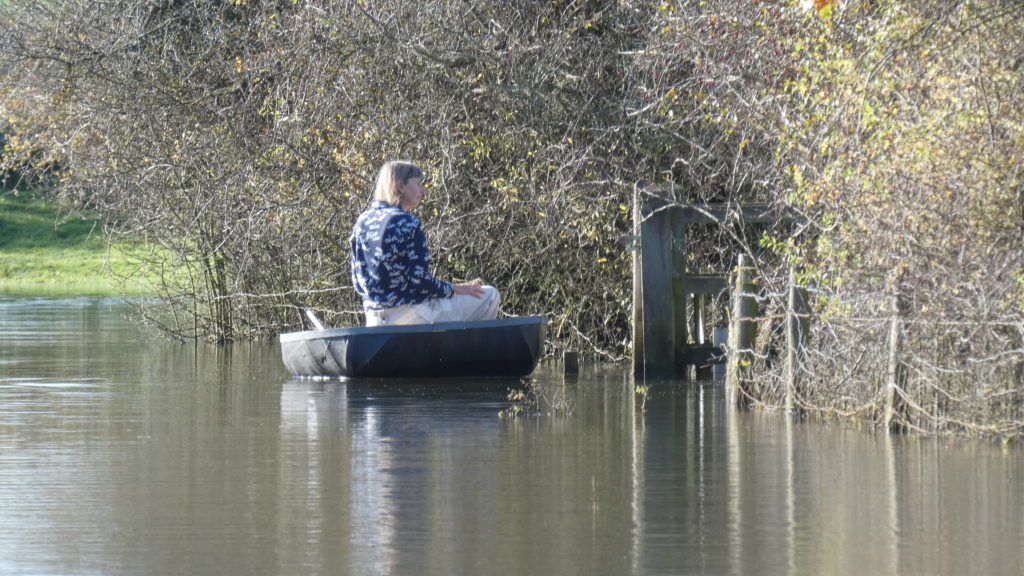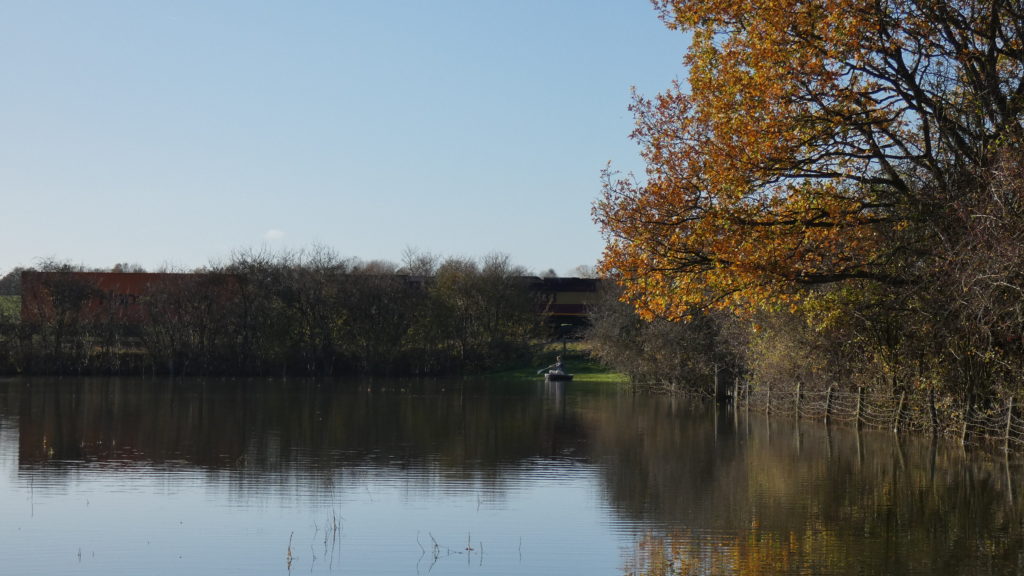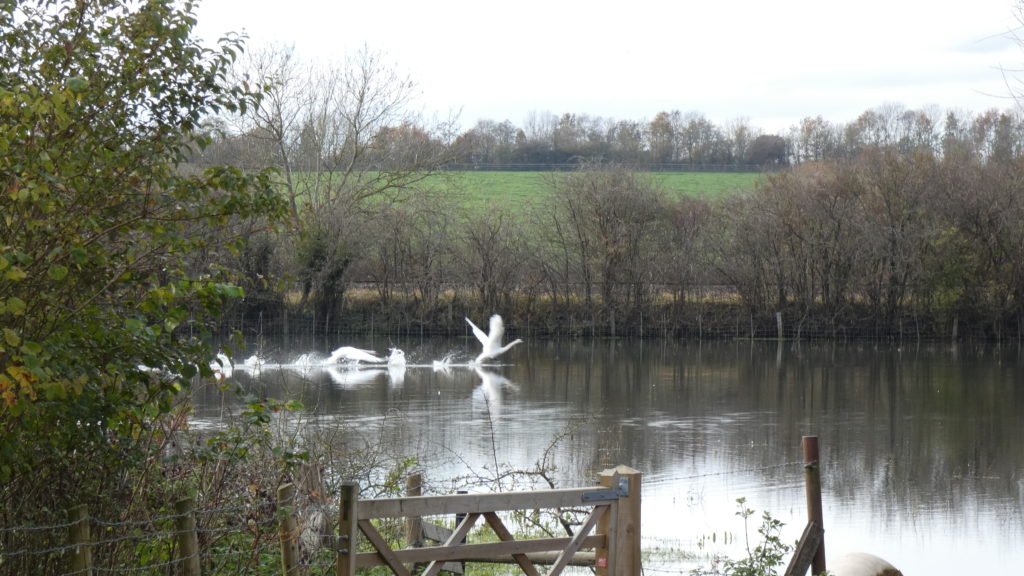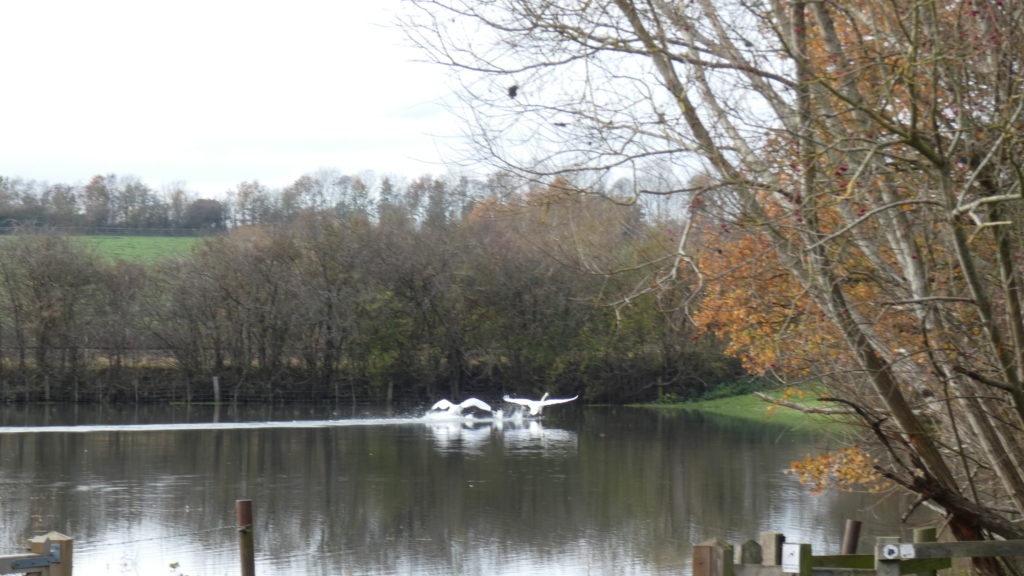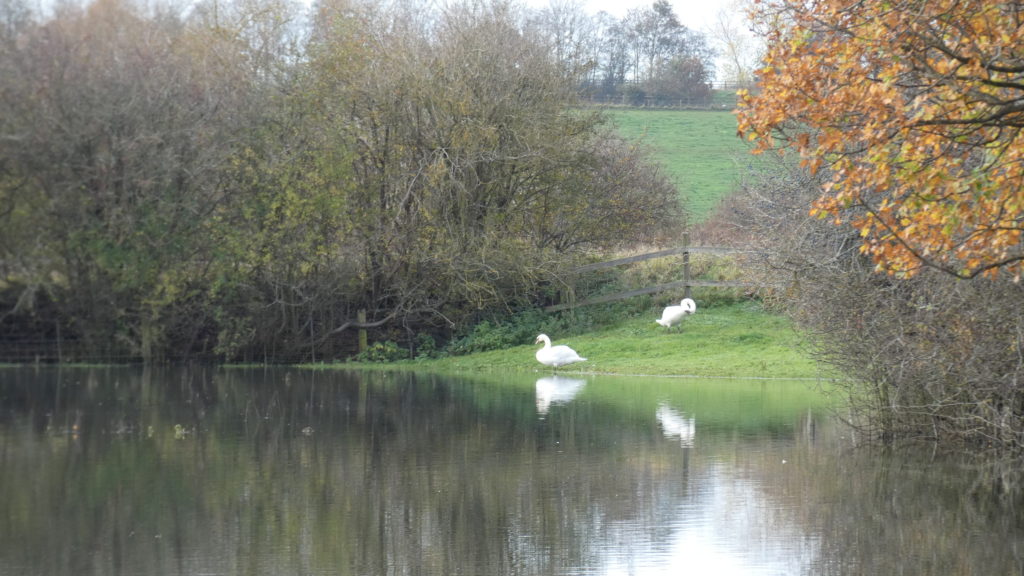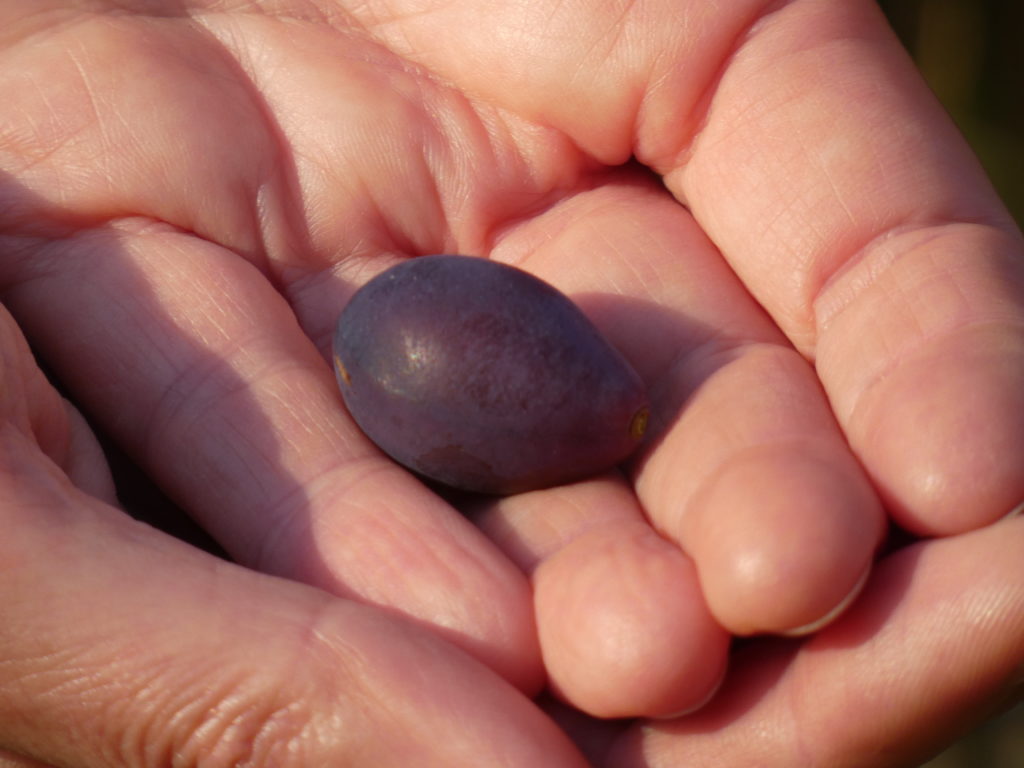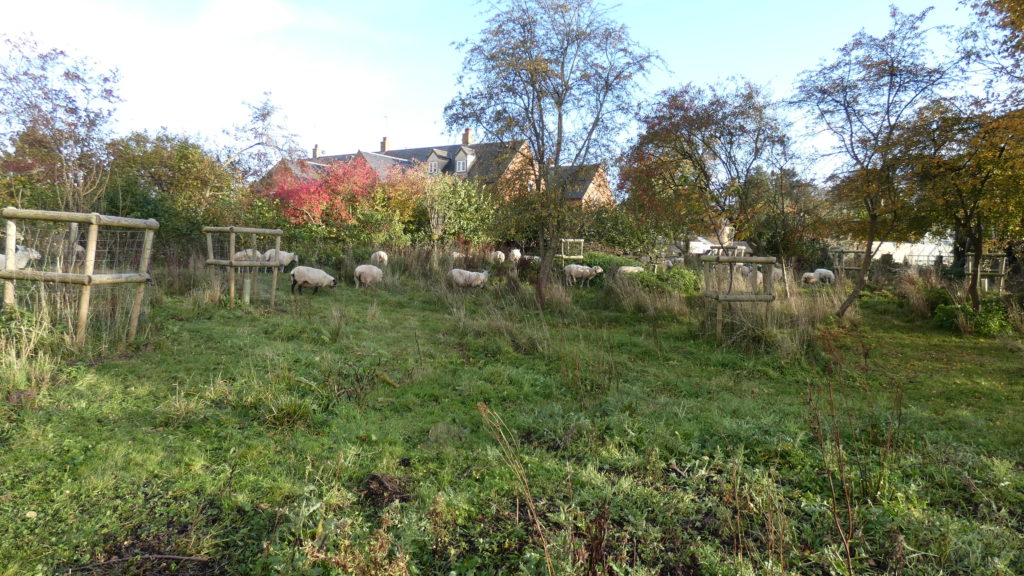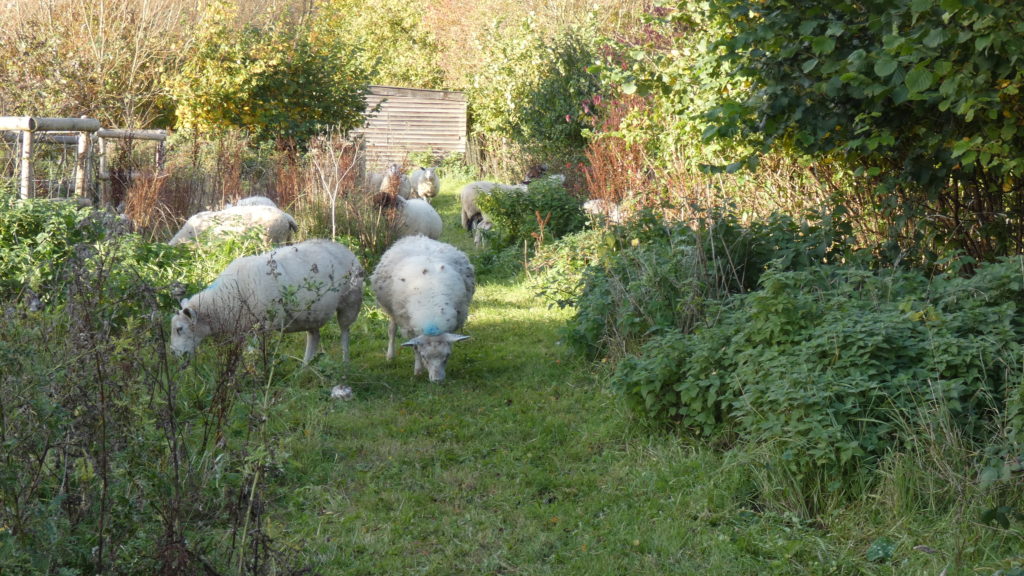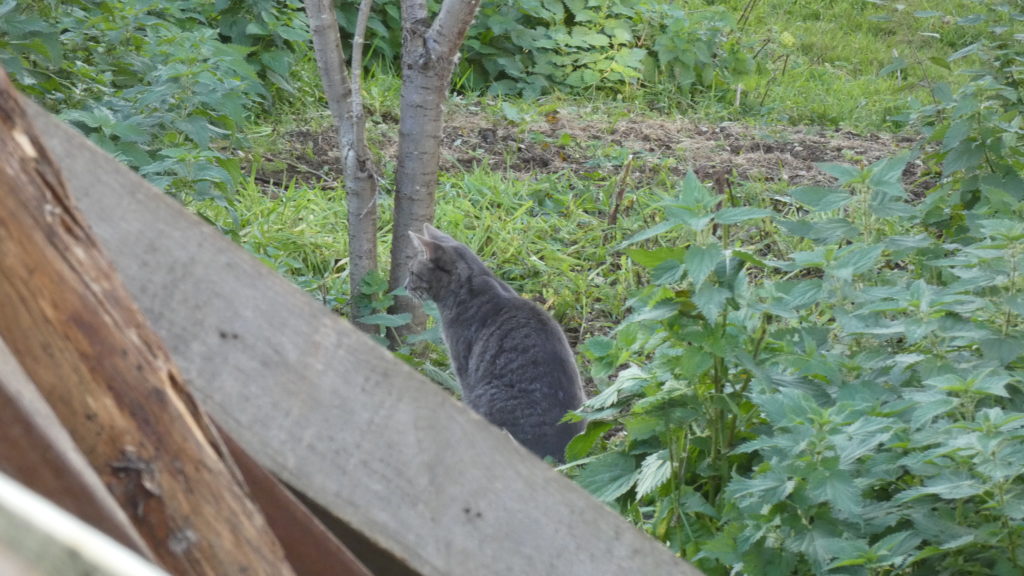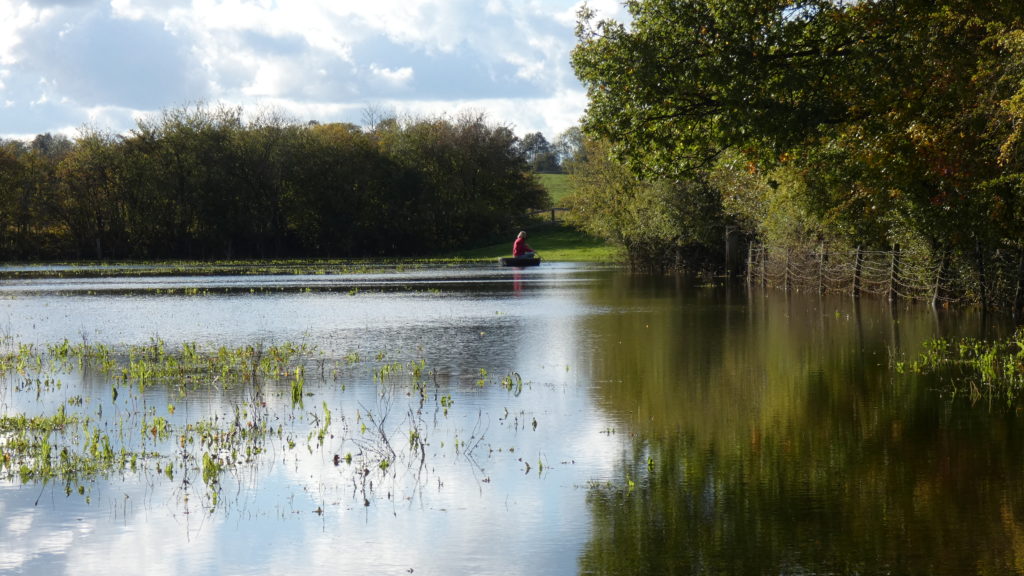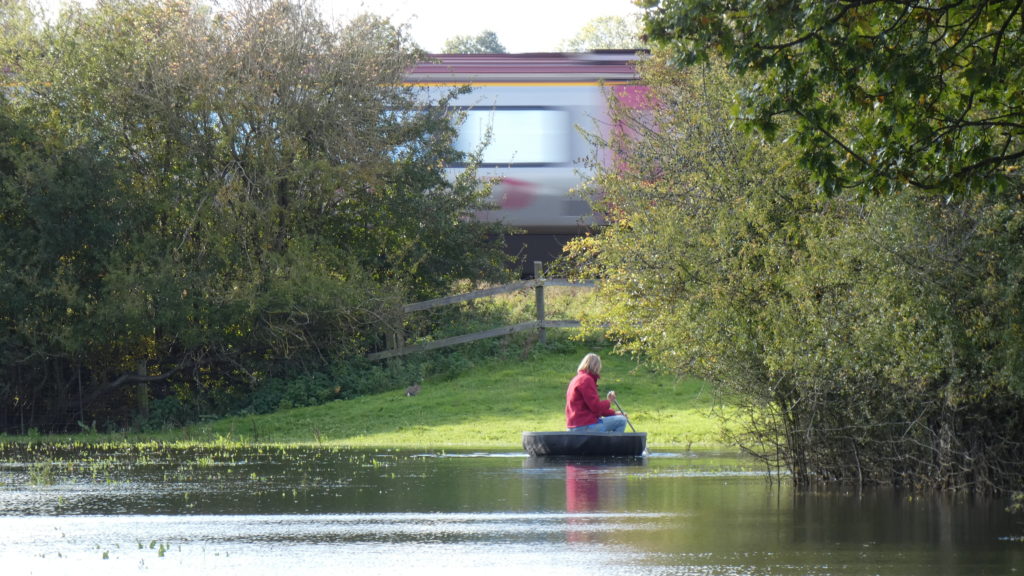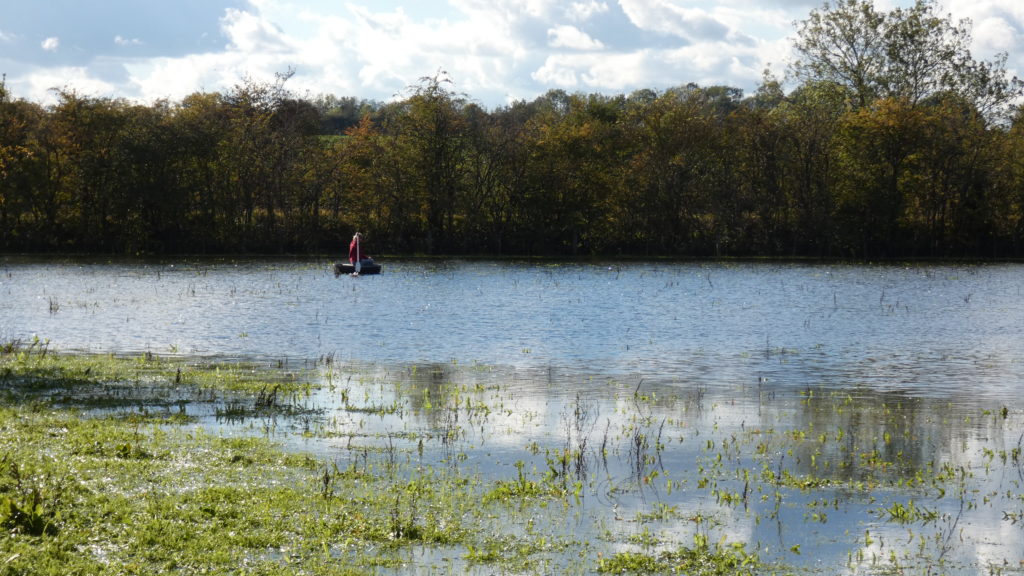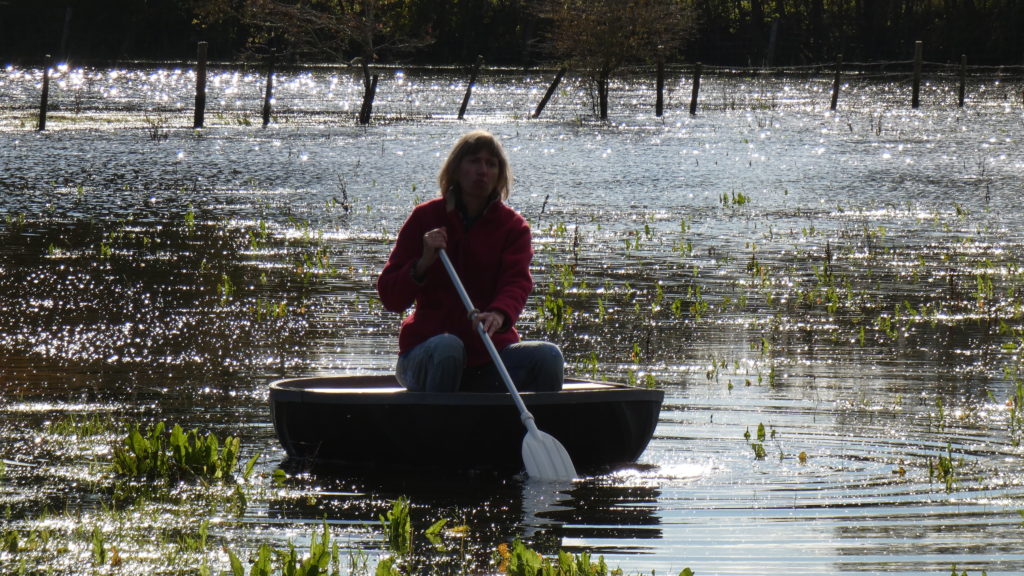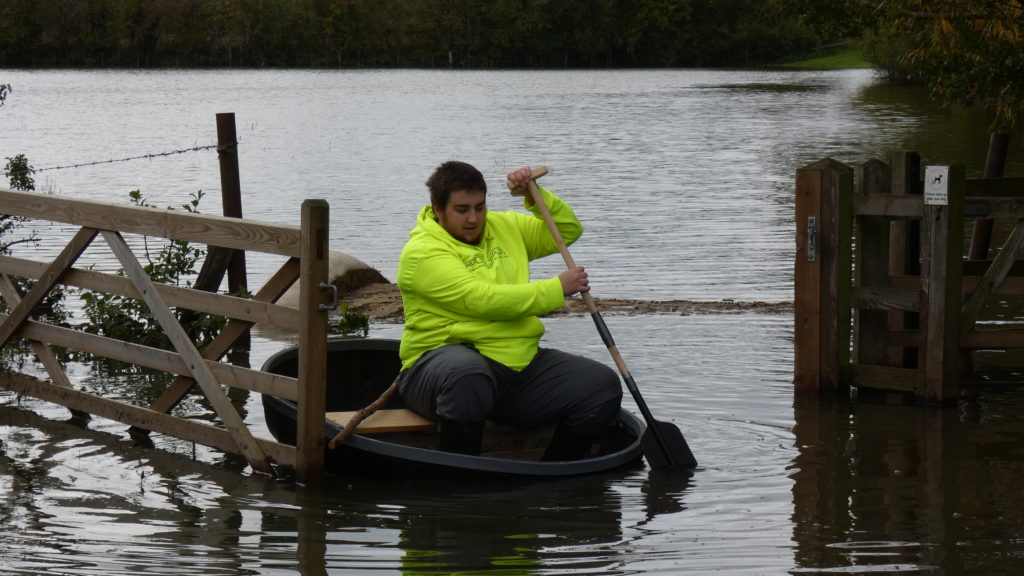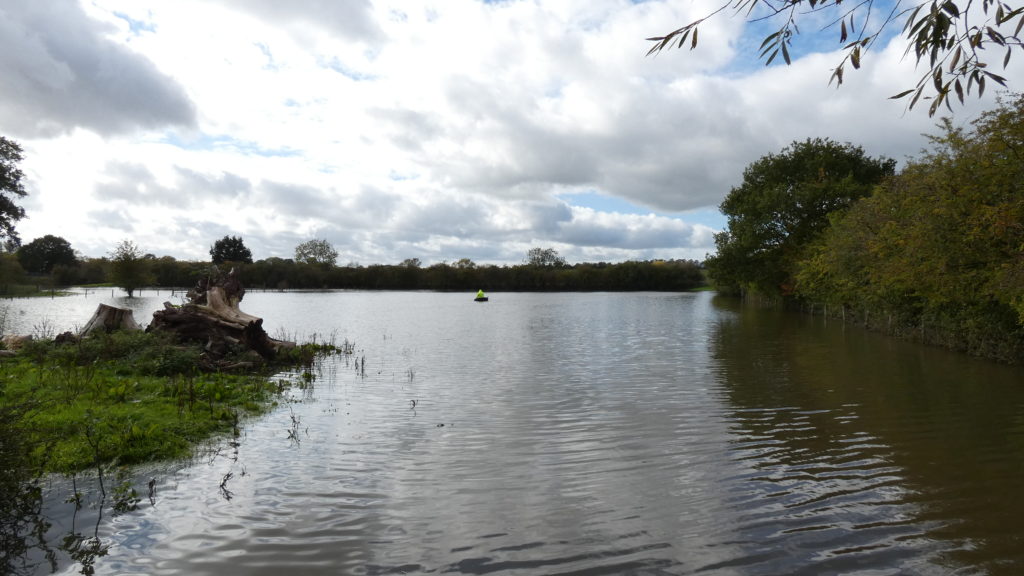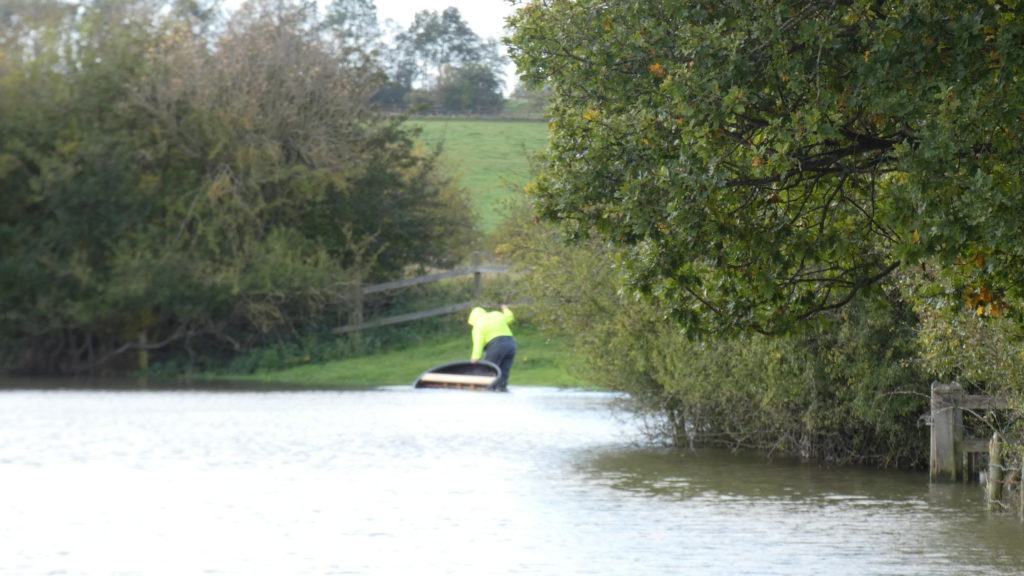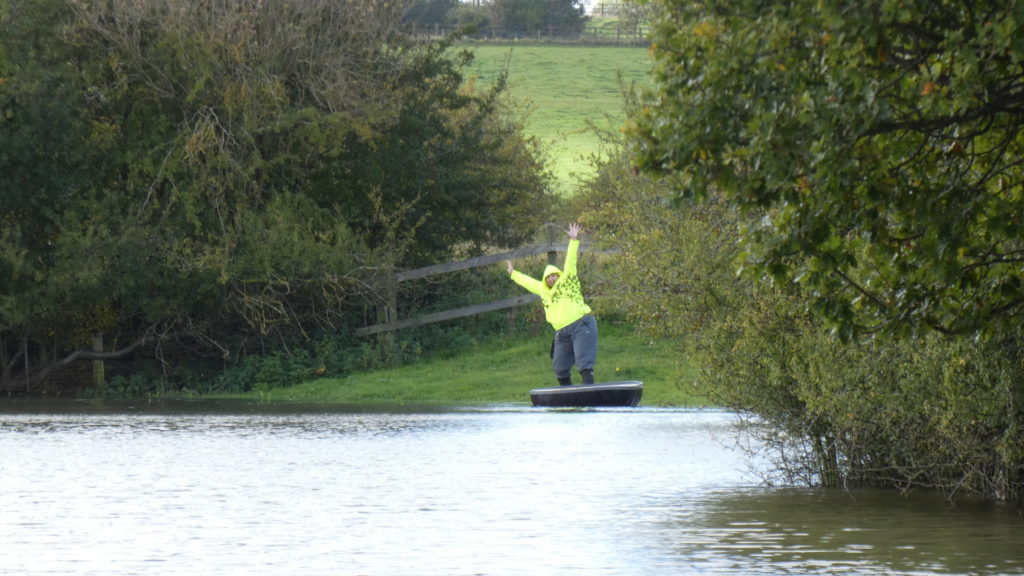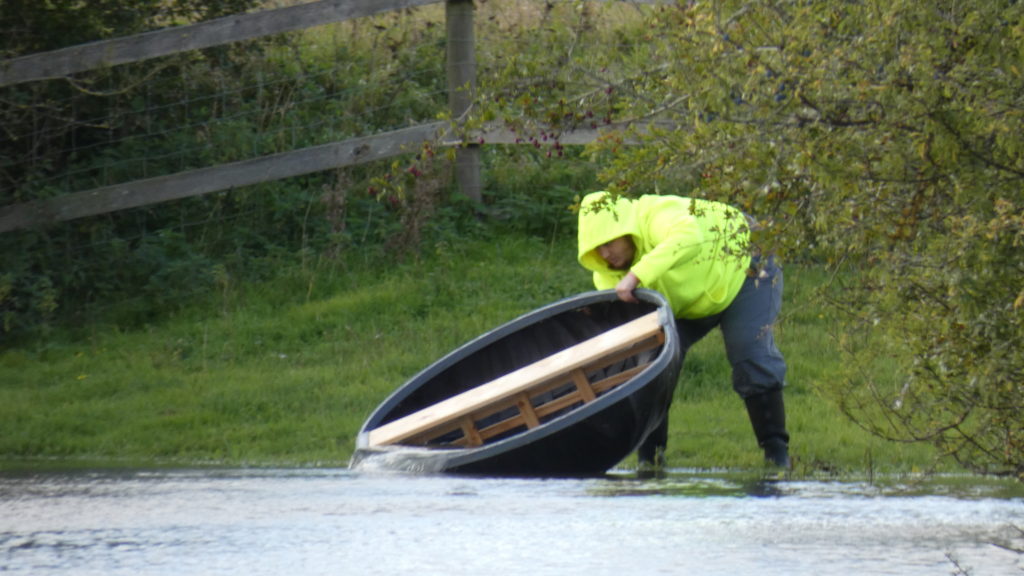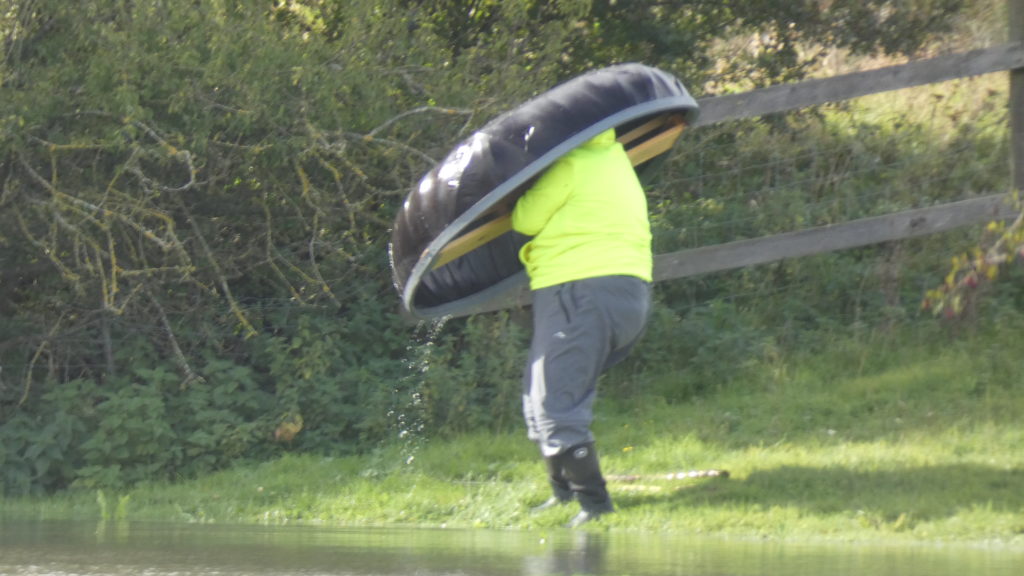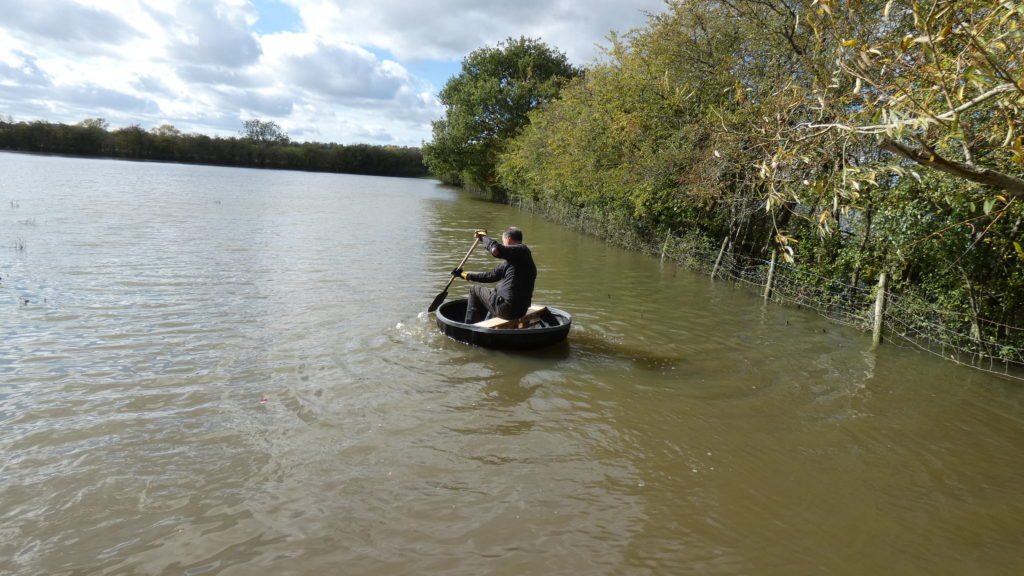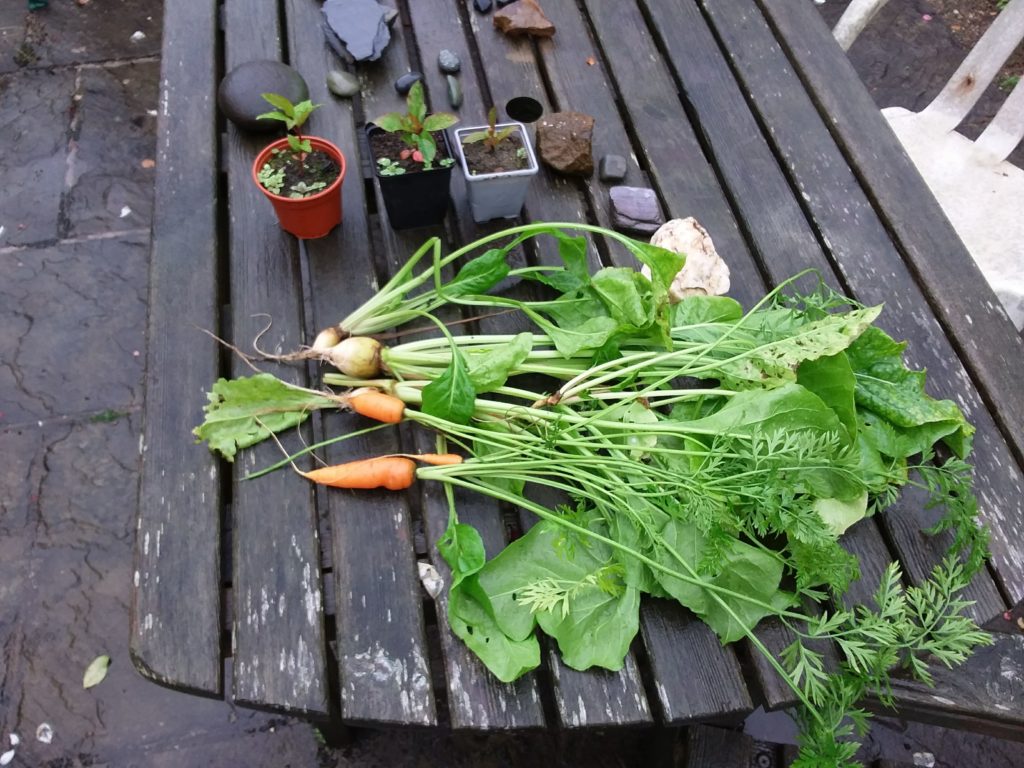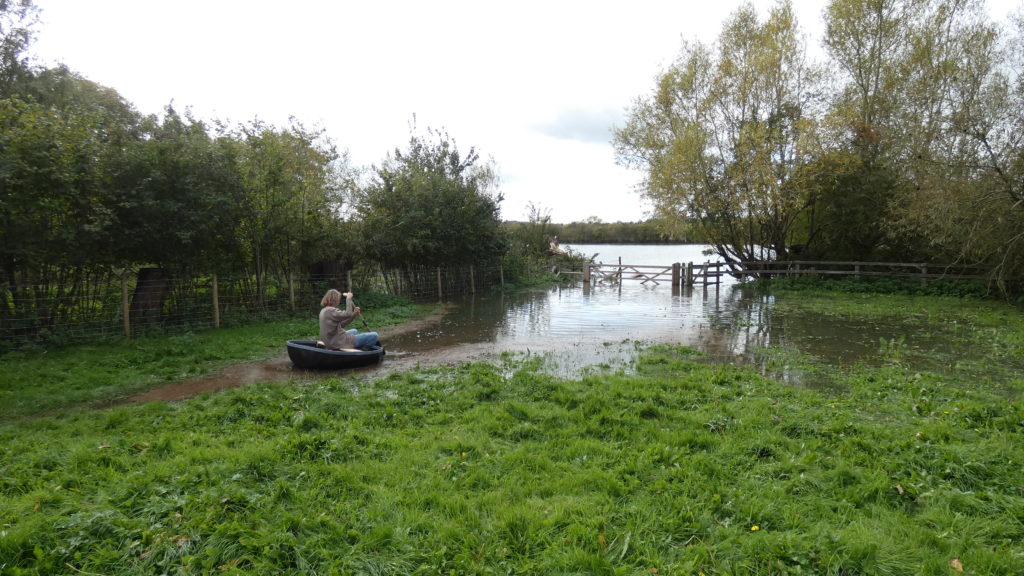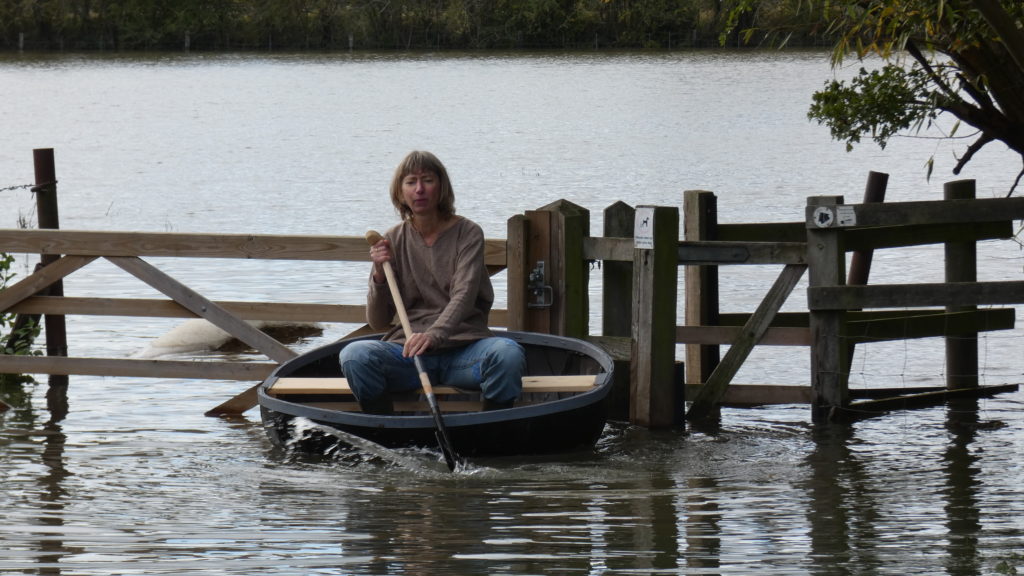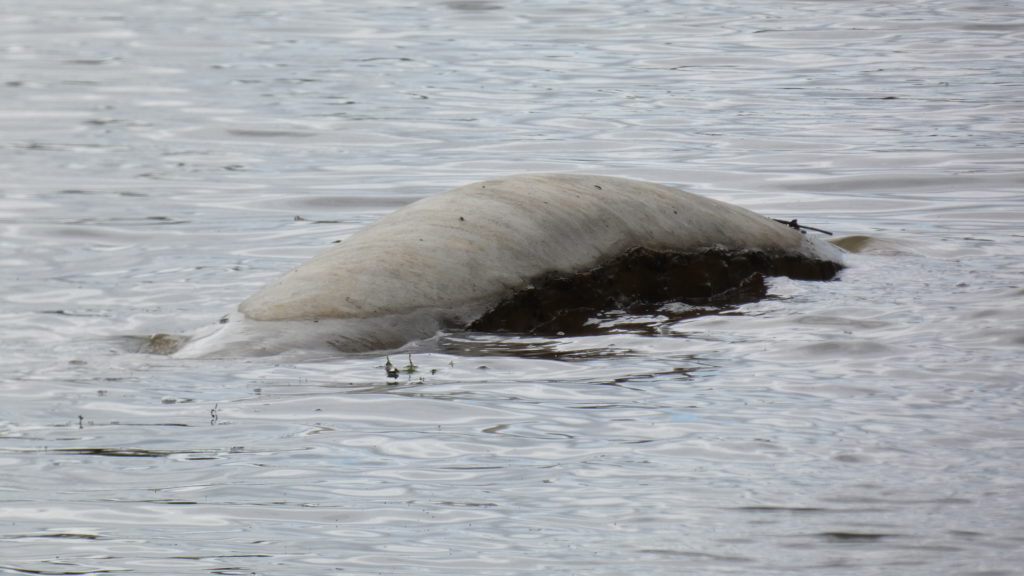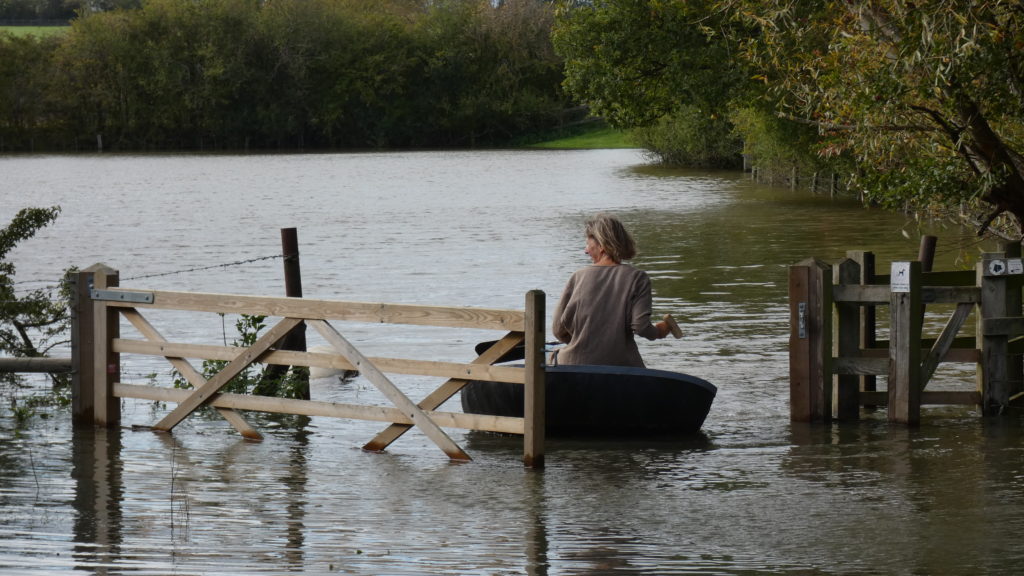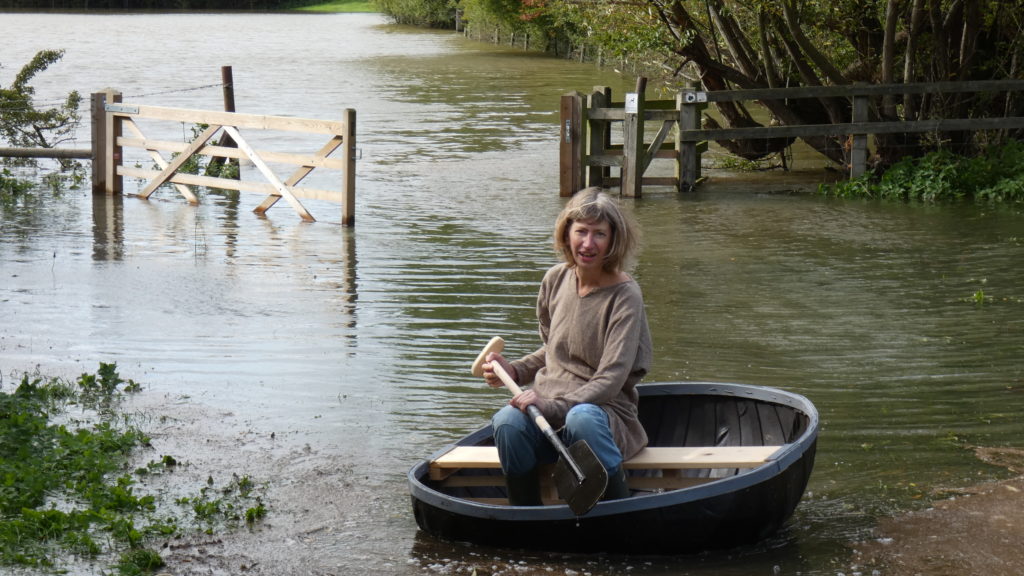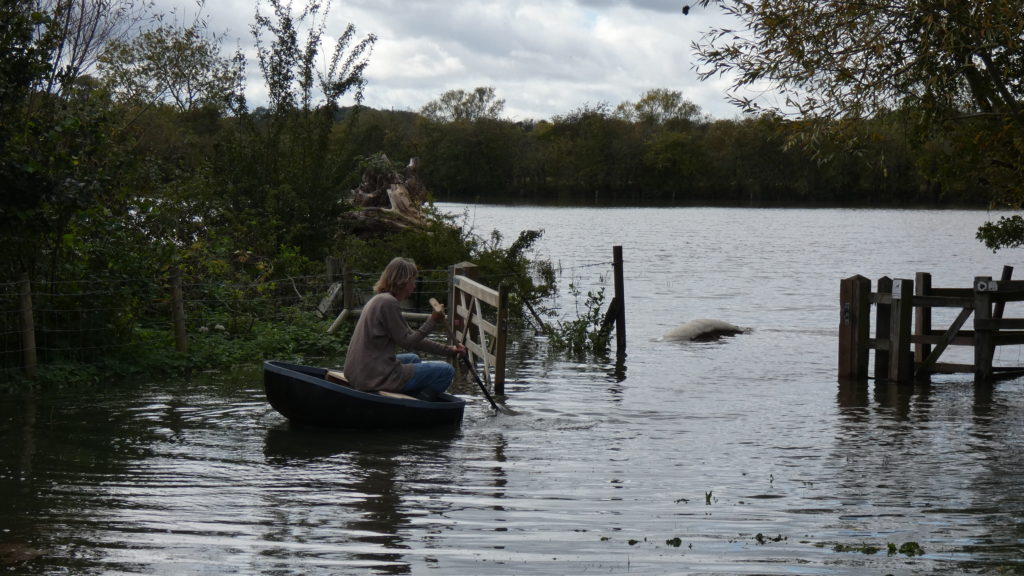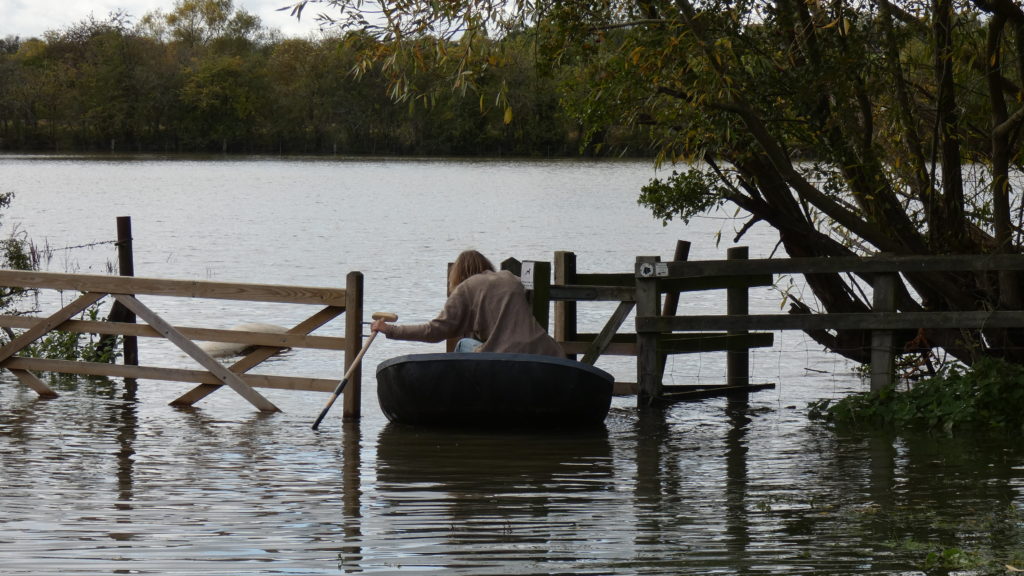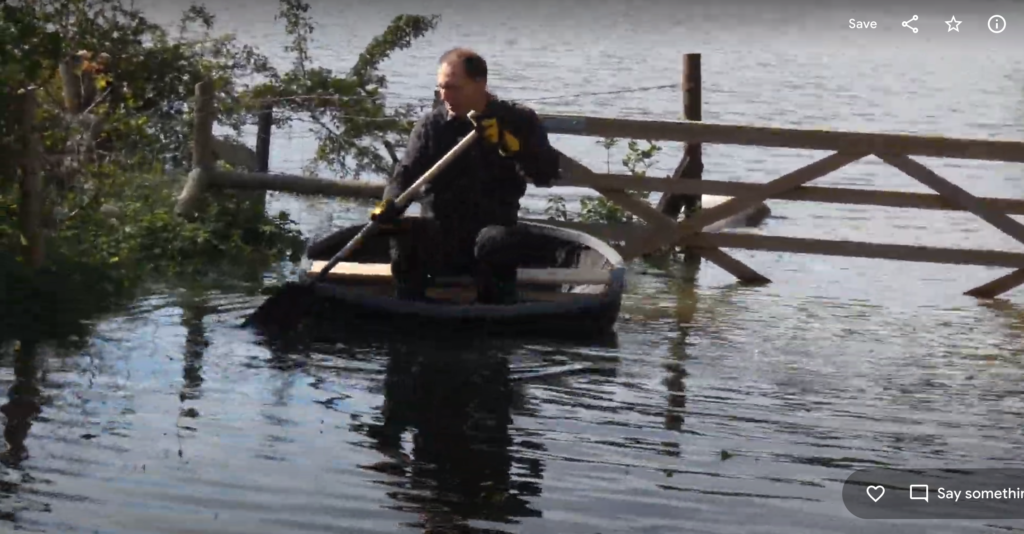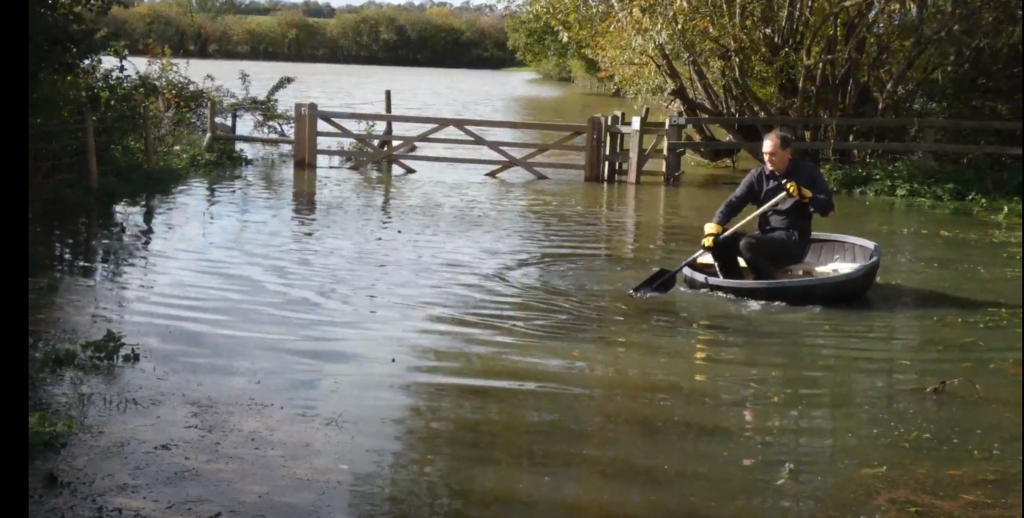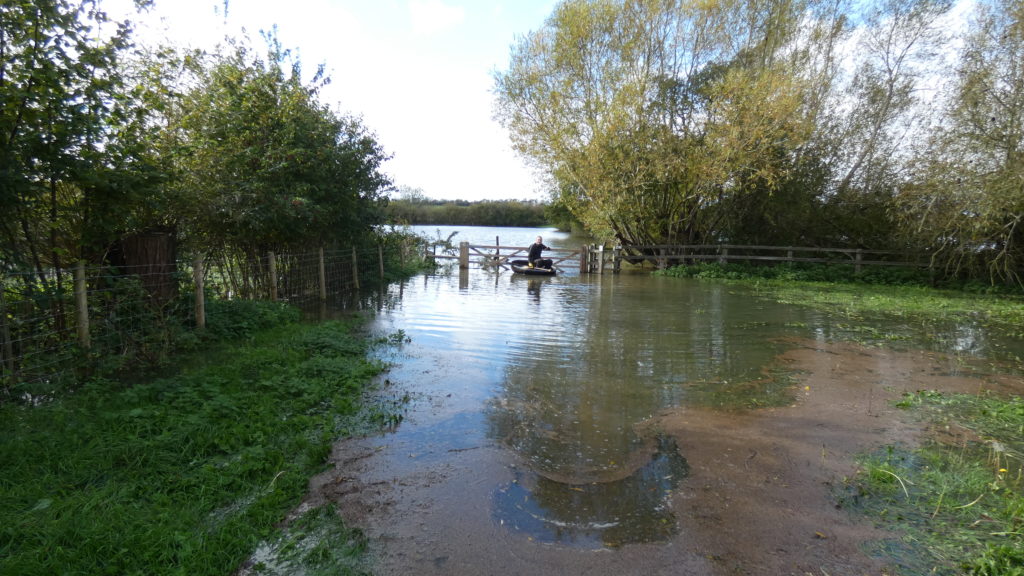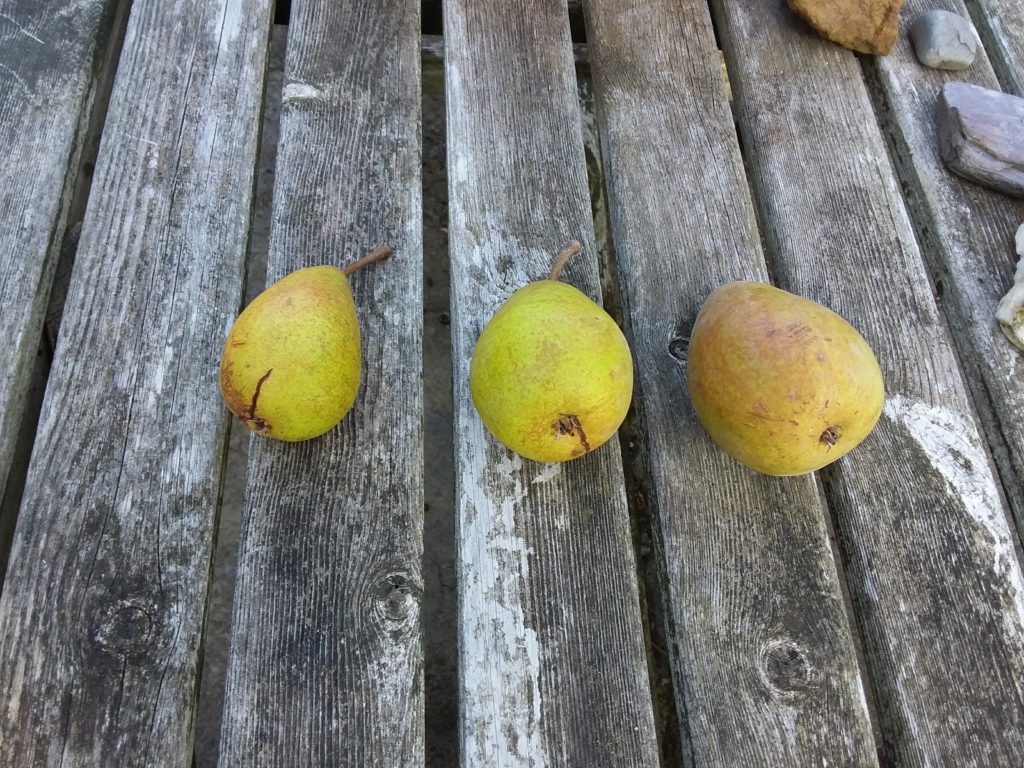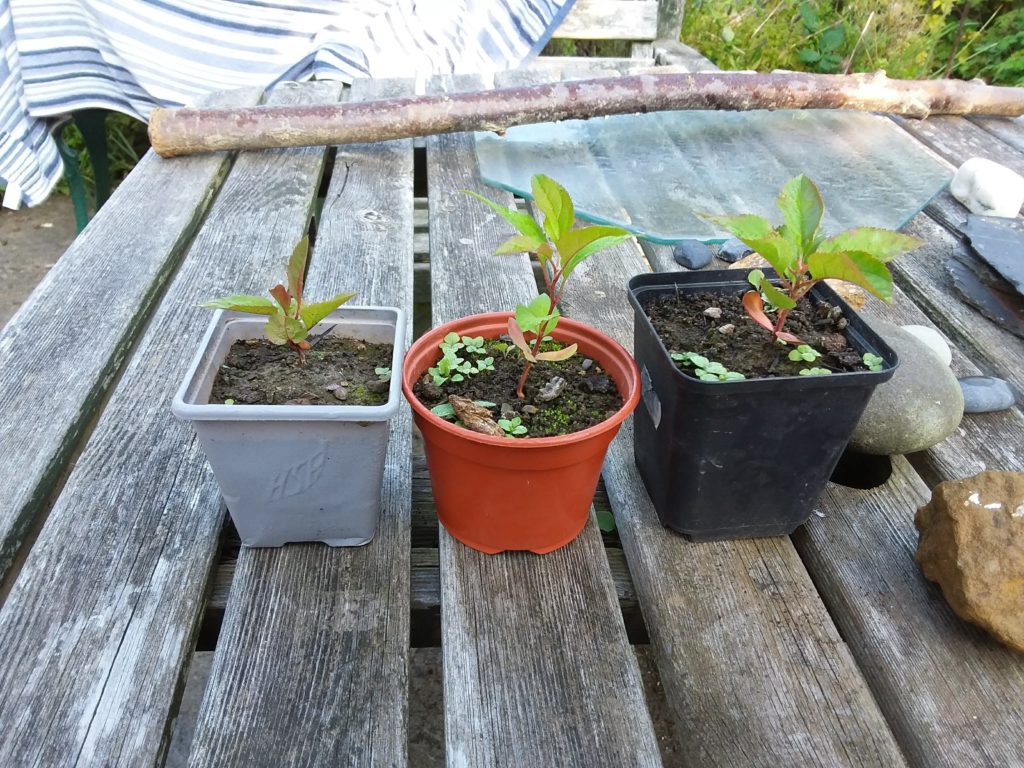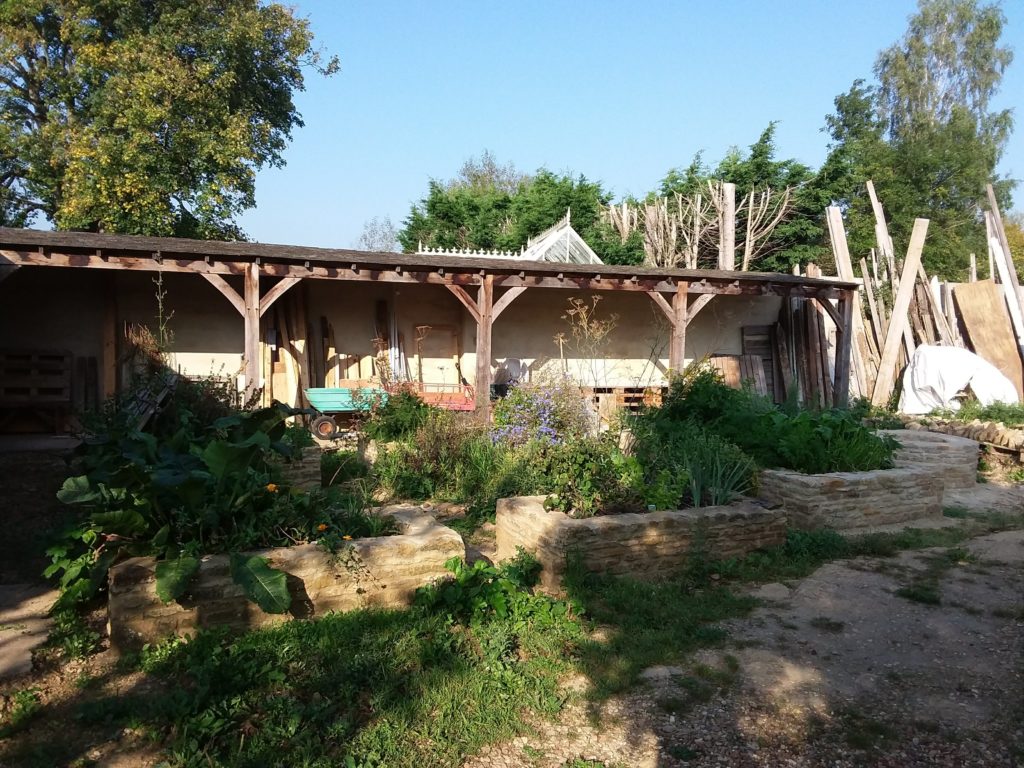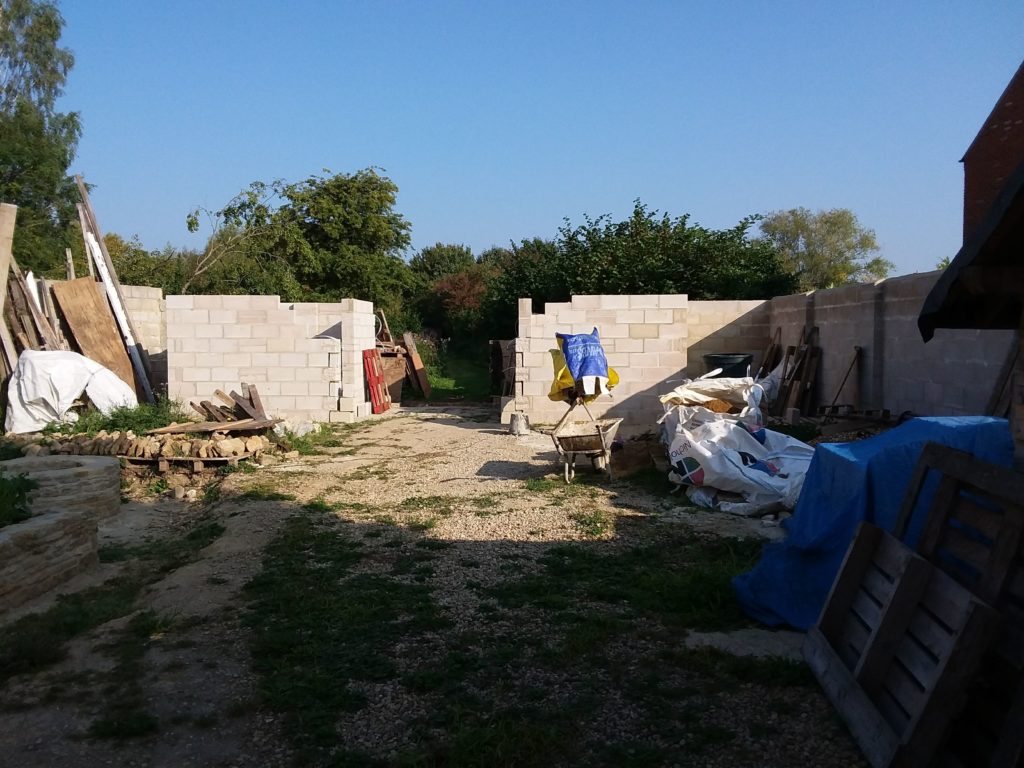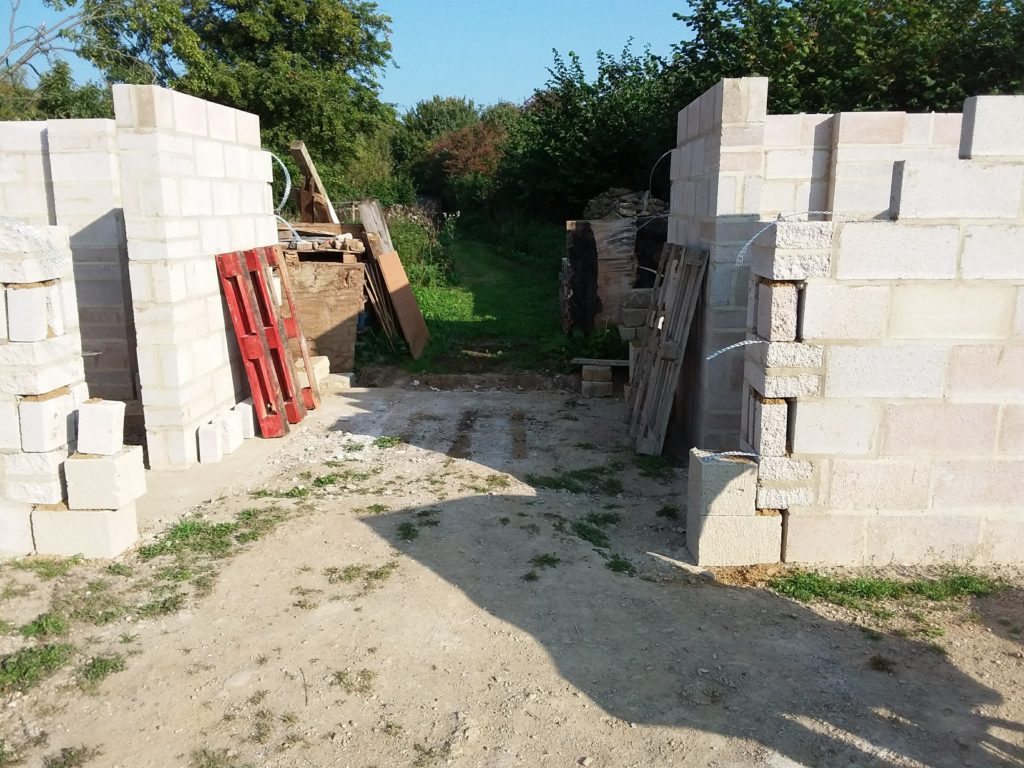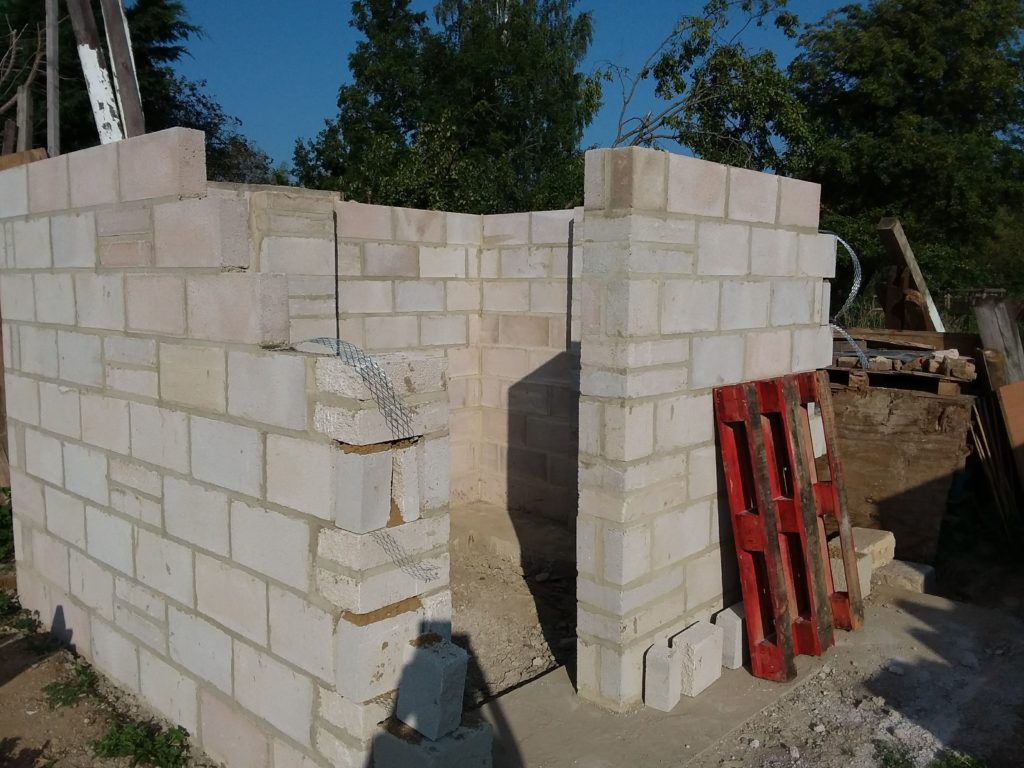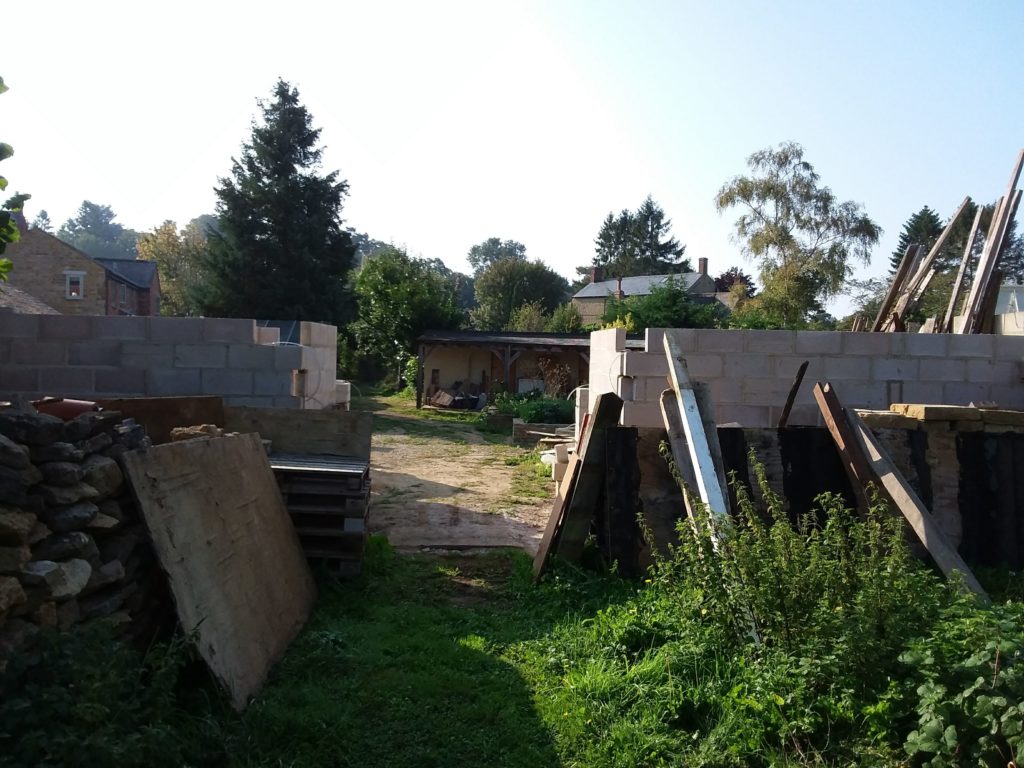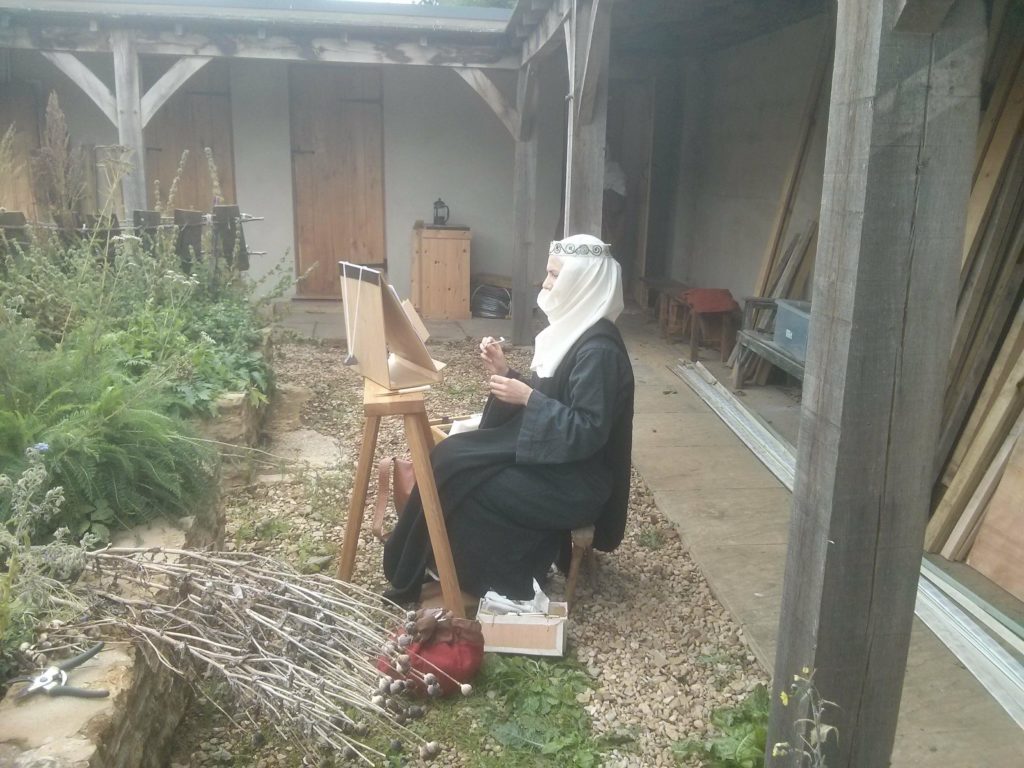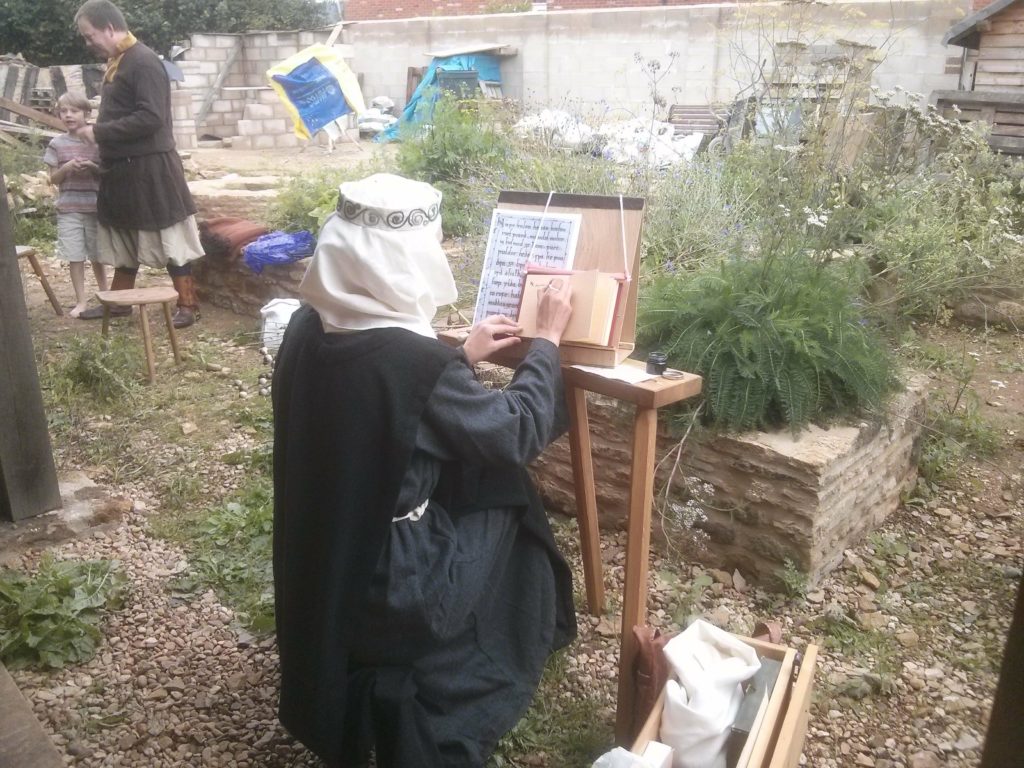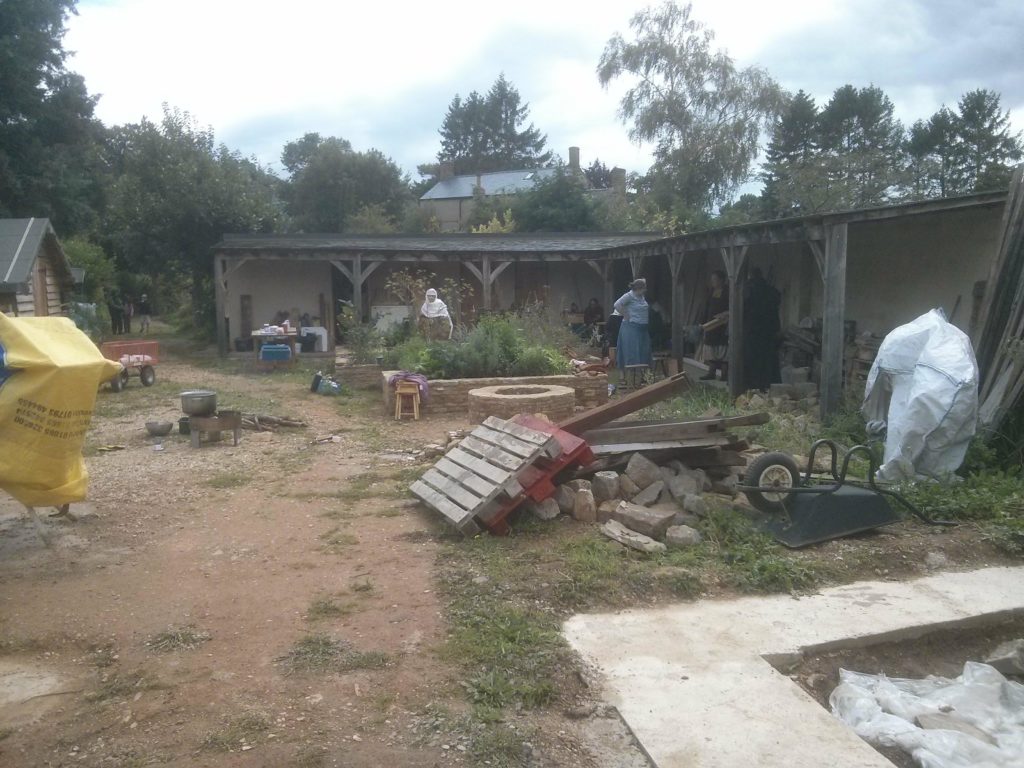I picked all the remaining medlars early in November, after they’d had a couple of frosts, and because I noticed they were starting to drop off the tree. They’ve spent a few weeks bletting in a box on the kitchen windowsill. I ate a few in a zoom meeting just to confuse my friends, and they were pretty good – I think people were slightly surprised when after eating one, I then had another! The other day I decided that it was really time to tackle the remaining dozen or so.
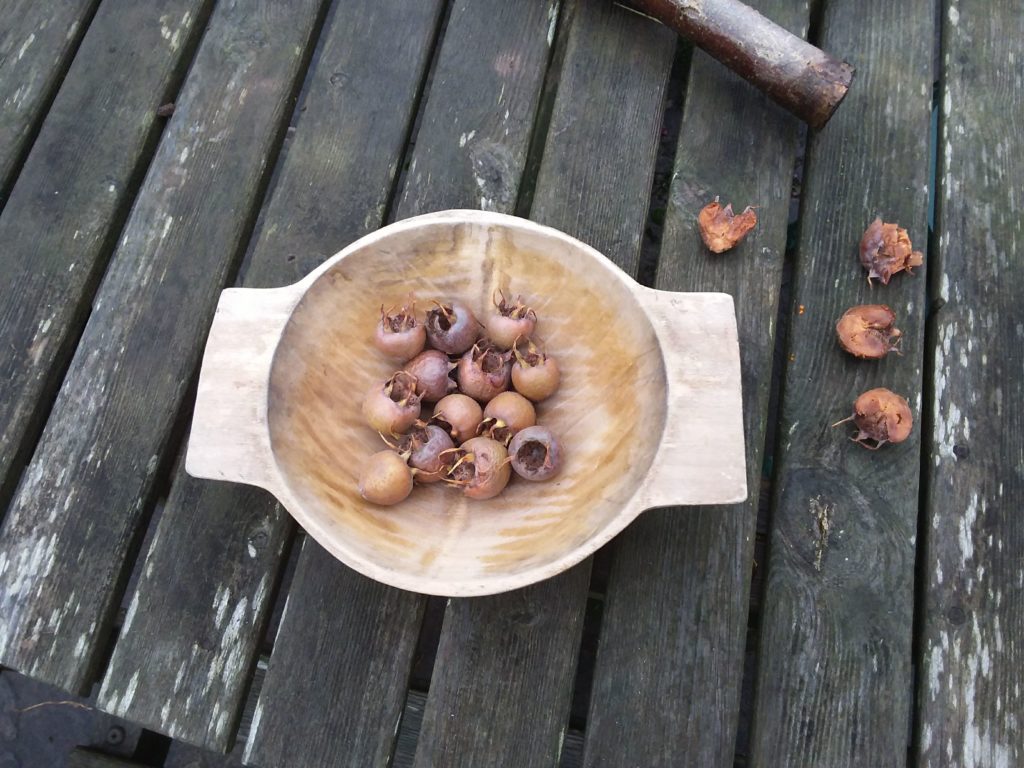
Inspired by a friend who has a slightly older medlar tree and larger harvest, I scooped out the flesh and pushed it through a sieve, to remove the seeds (not many per fruit but they are annoying) and make the pulp look generally less unappetising. This wasn’t a quick job, and I’m not sure whether with more fruit you’d just get used to eating them as they ripen? But I wanted to try them on my long-suffering partner who has so far refused to tackle the pulp in its unprocessed state – and to be fair, it is finicky to eat and doesn’t look like much.
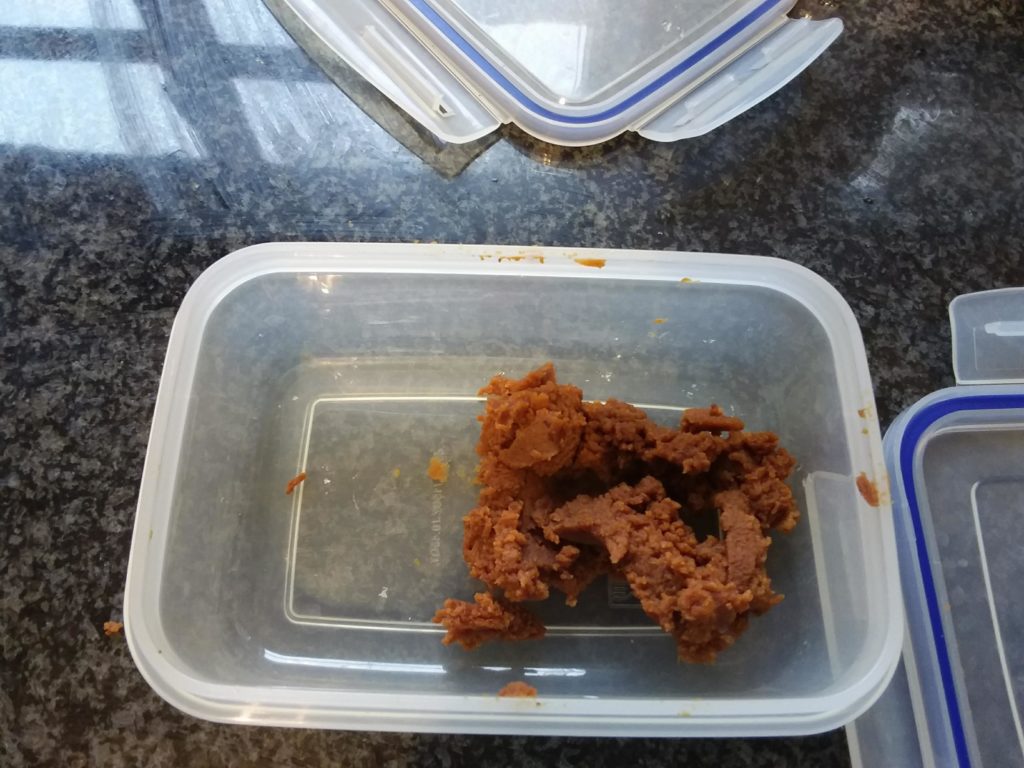
I ended up with a few tablespoons of brown mush. I have found medlars so far to have an unfamiliar, fruity but tangy flavour, and decided to soften the impact for my chosen victim by putting each portion of medlar puree on some tinned peaches, with a blob of vanilla ice cream by it. Unfortunately this turned out to be a bit of an own goal, in that the peaches and ice cream flavour smothered the medlar. I guess in small quantities it just isn’t that strong a flavour.
On the positive side, it was definitely inoffensive and I think medlar would be a good filling for a tart.
A few of the medlars were not yet bletted, the insides being mostly pale green. Next year, when I hope the tree will have more fruit (2 last year, 20-ish this year), I should have a better idea of how to judge blettedness from outer consistency.
The medlar tree is one of this year’s few orchard successes, as it’s been fully hardy and took no heed of the late frosts which destroyed the entire apple harvest. And it provides fresh fruit rich in vitamin C during November. While I can see why it fell from favour, I can also see it as a valued staple of the Anglo-Saxon orchard.
